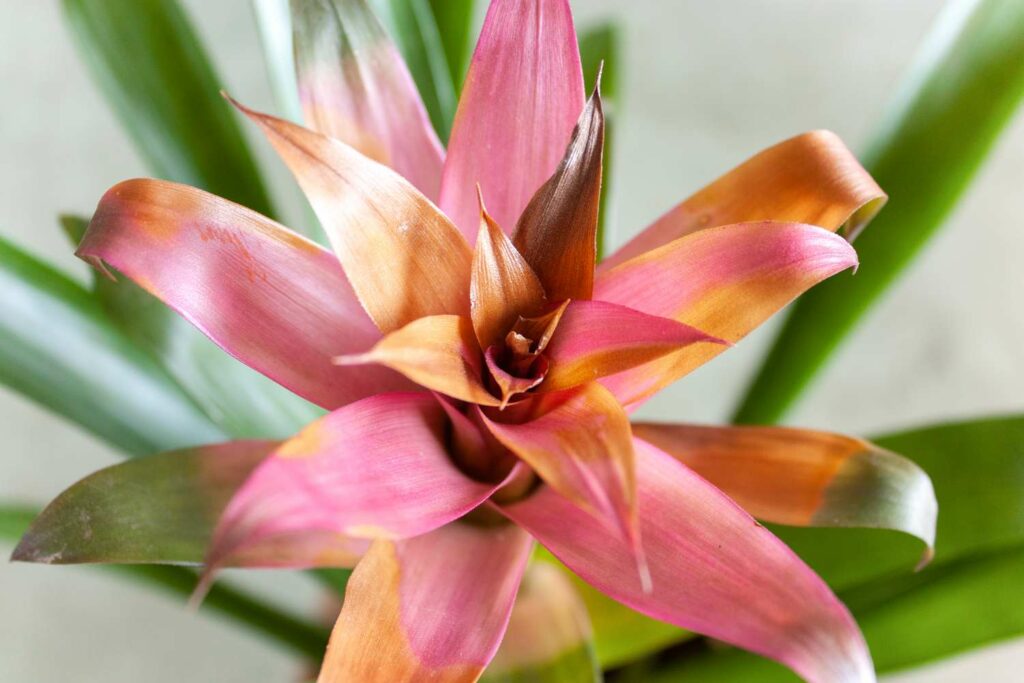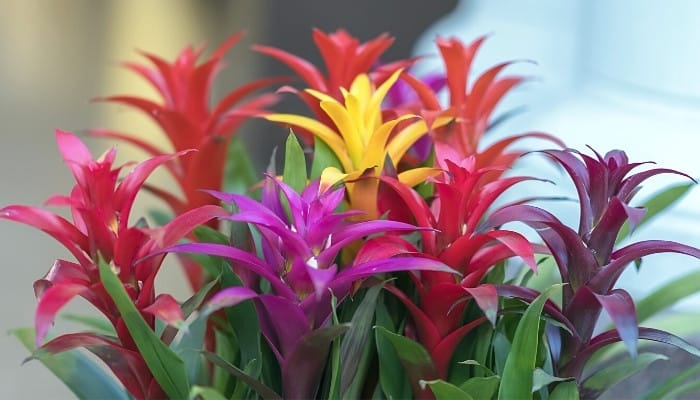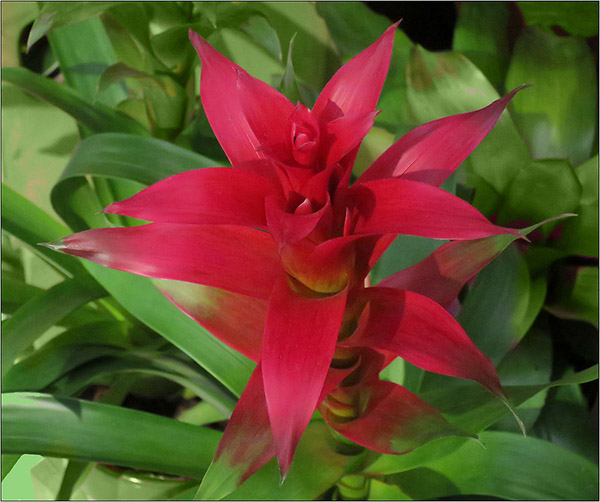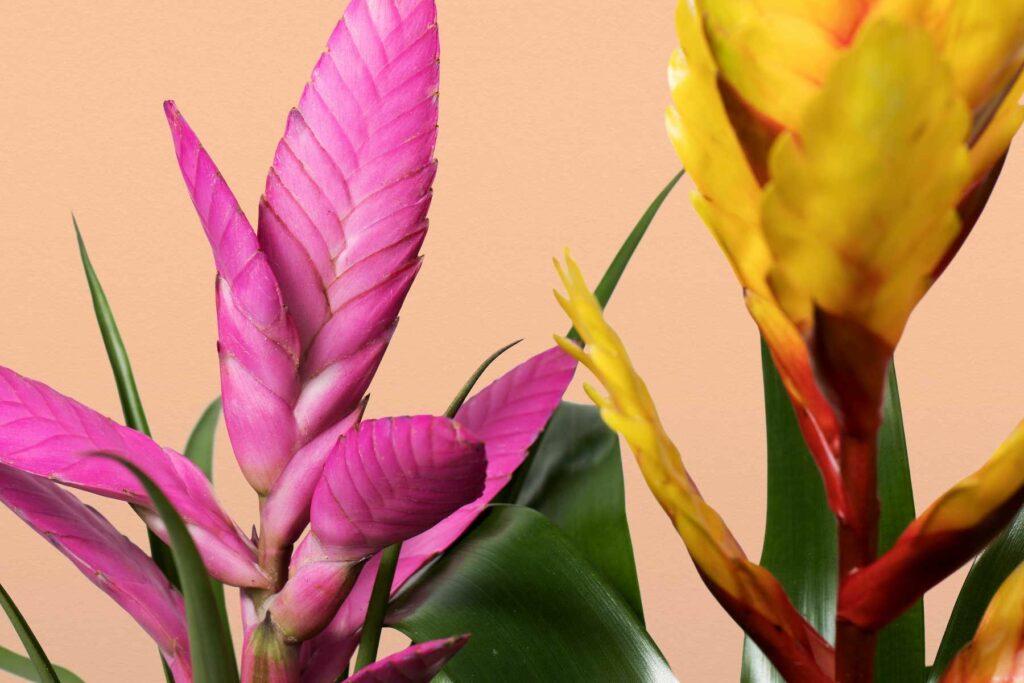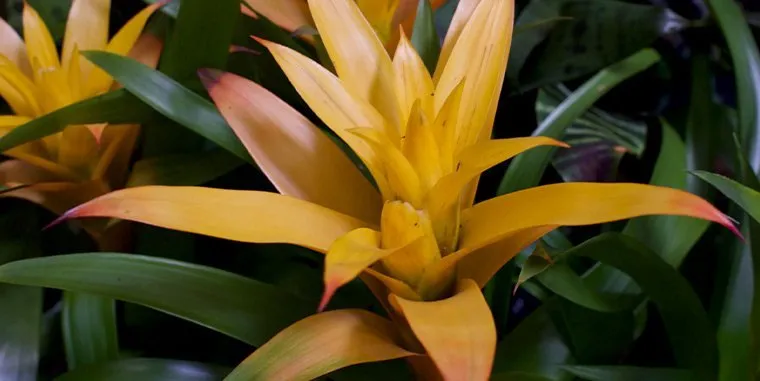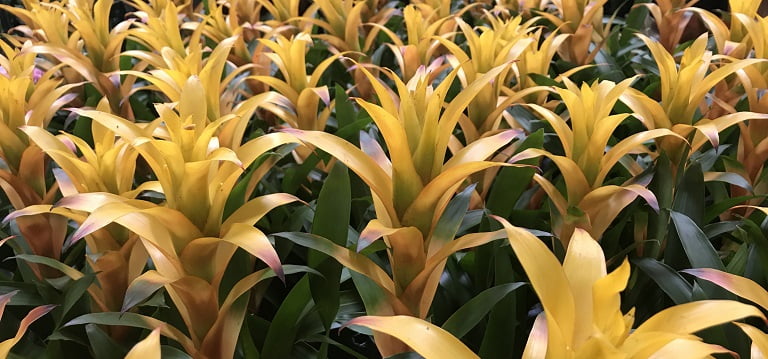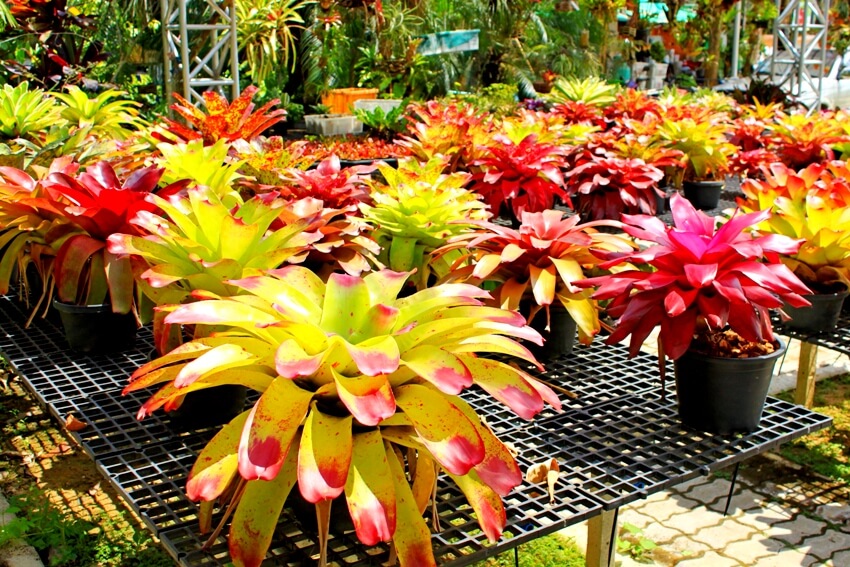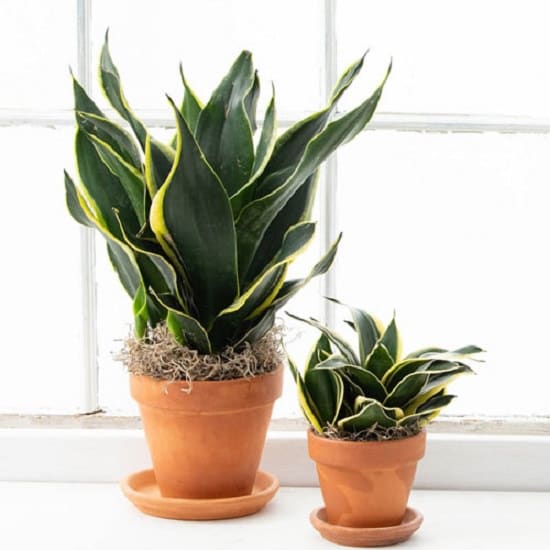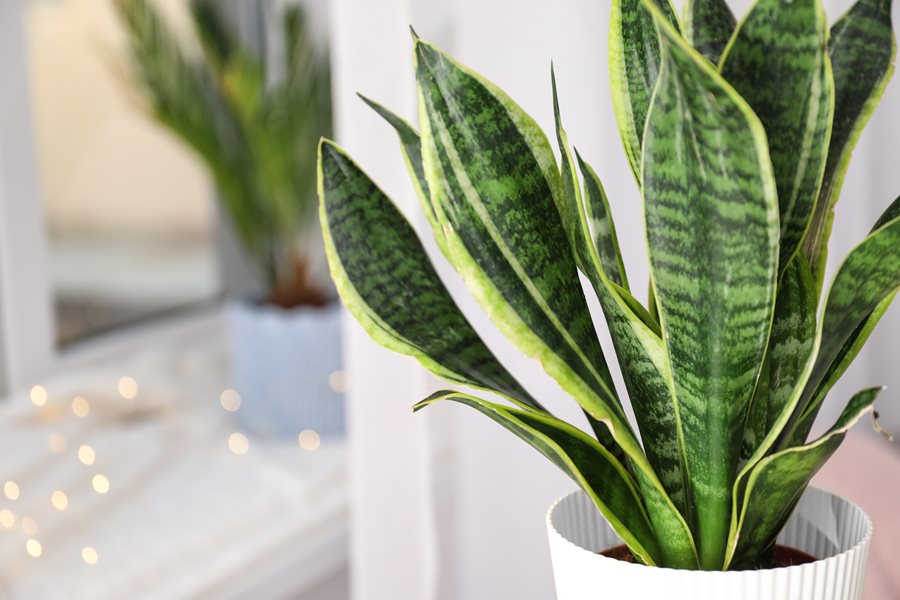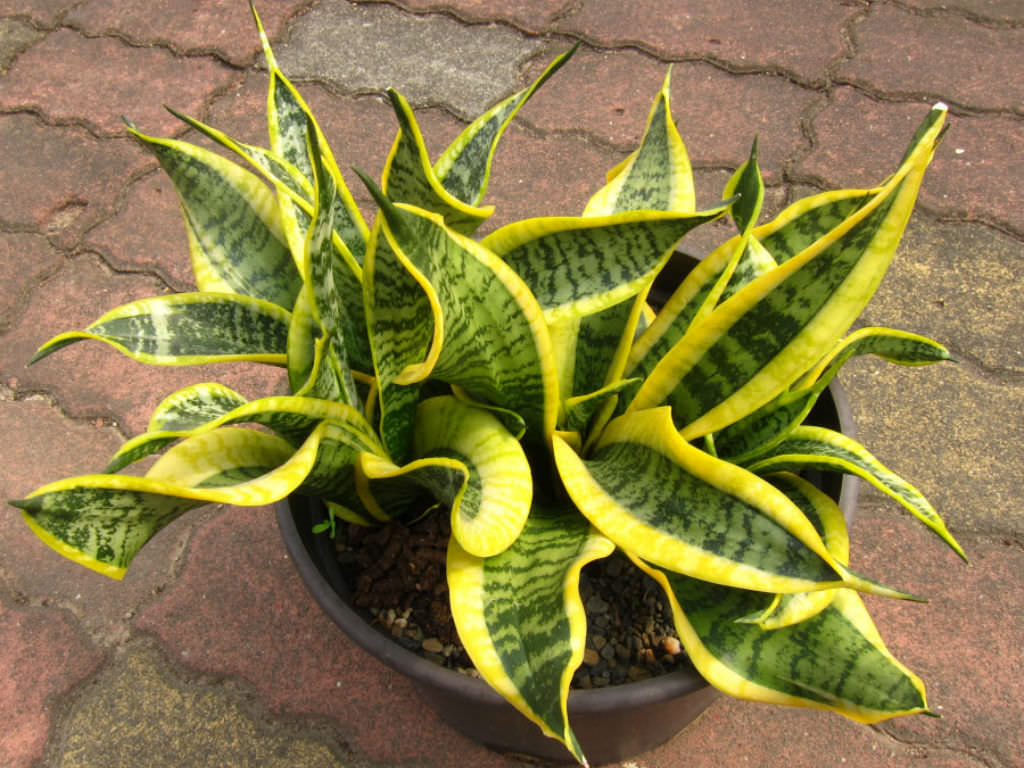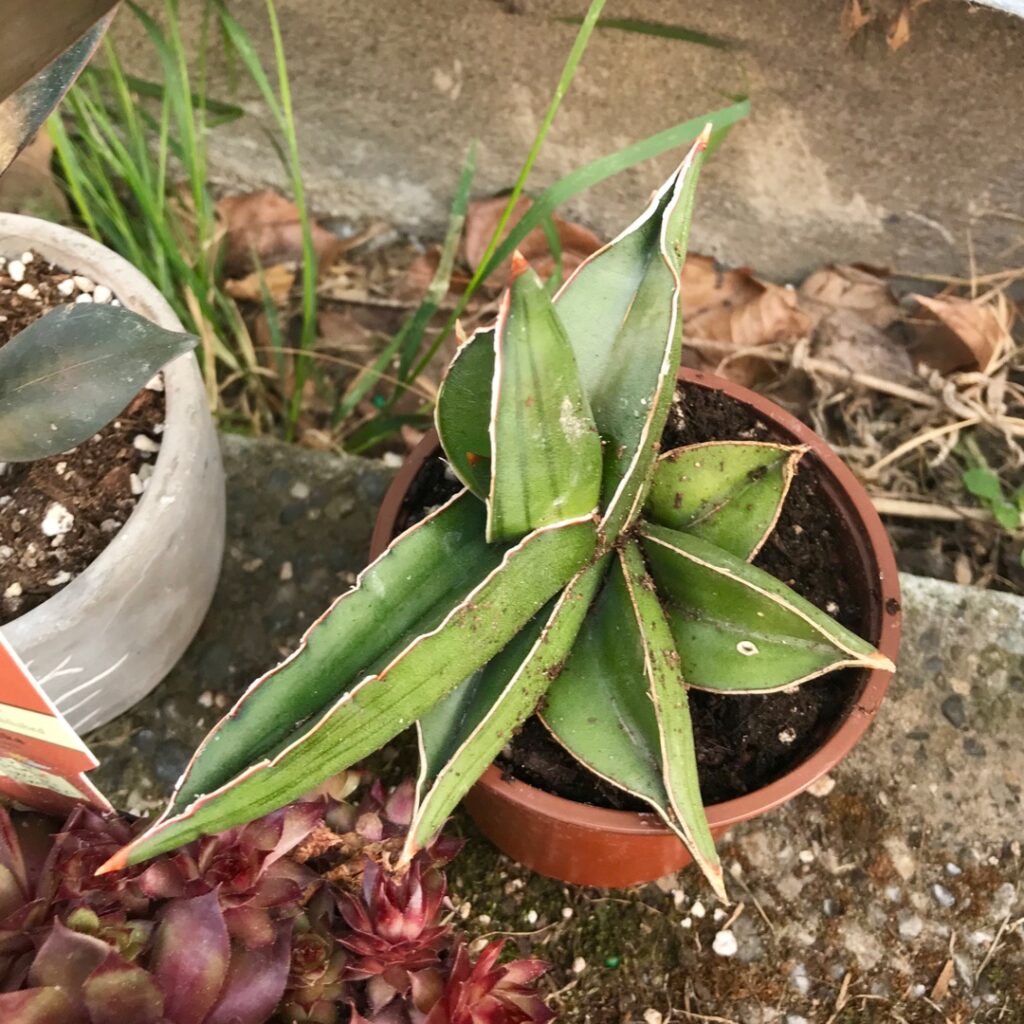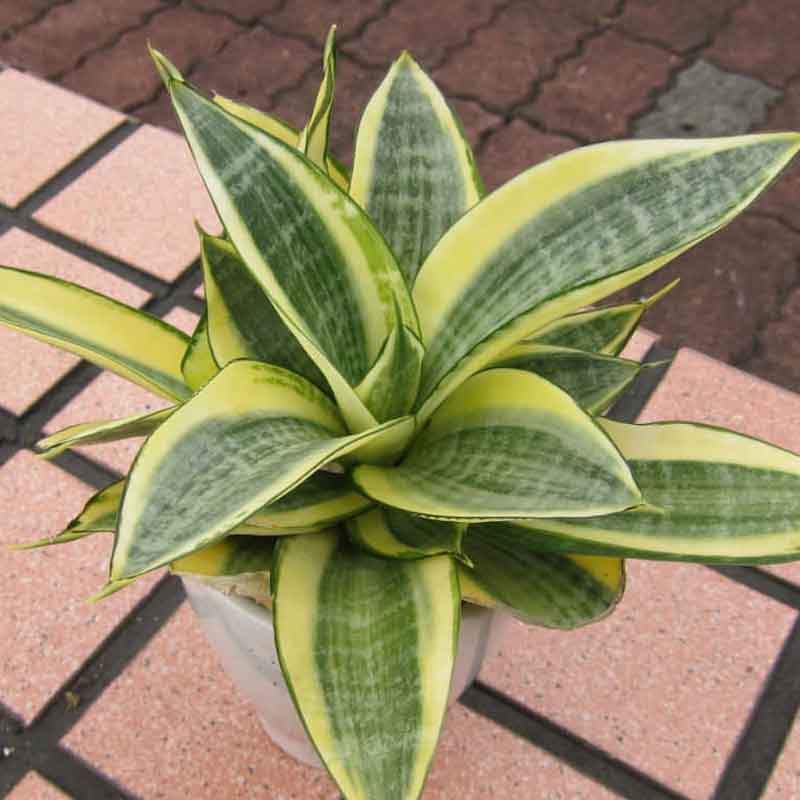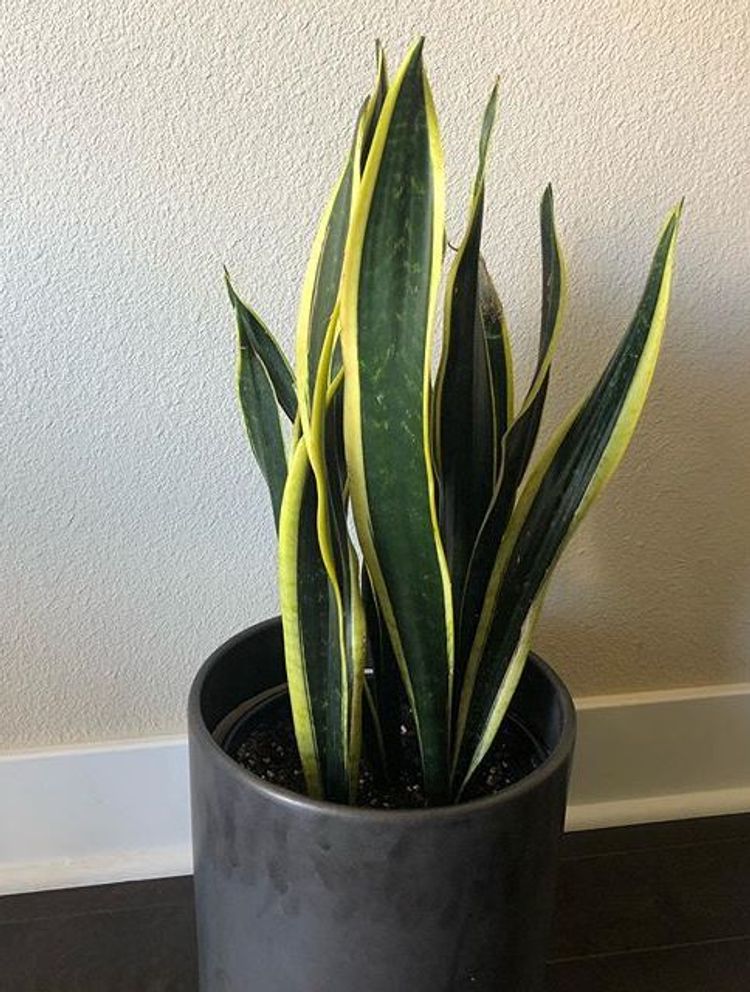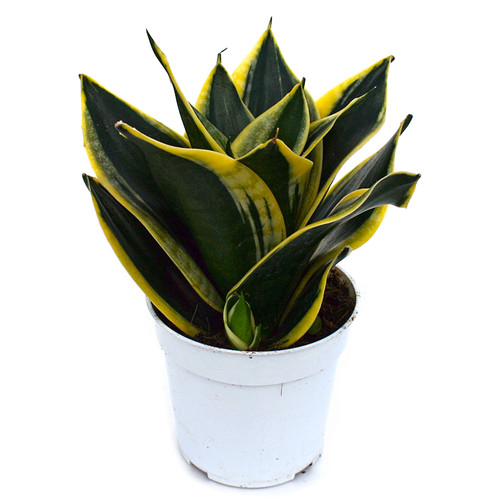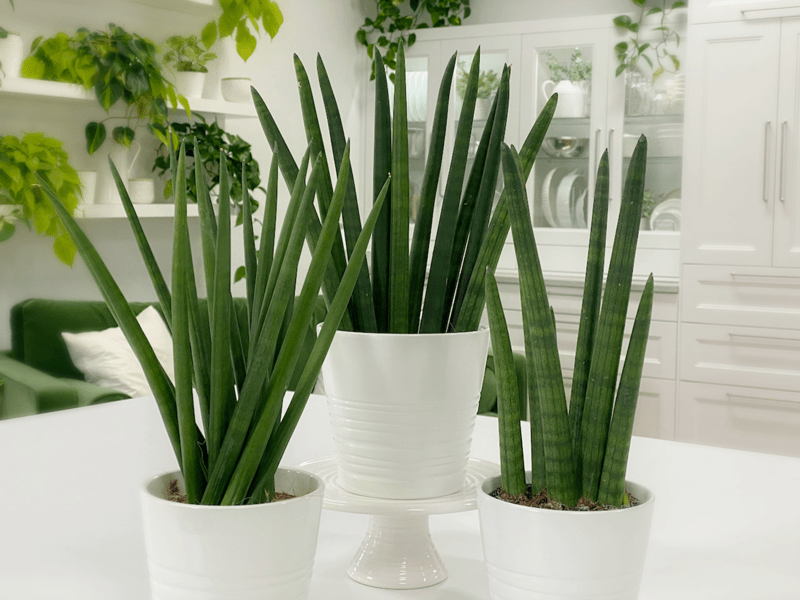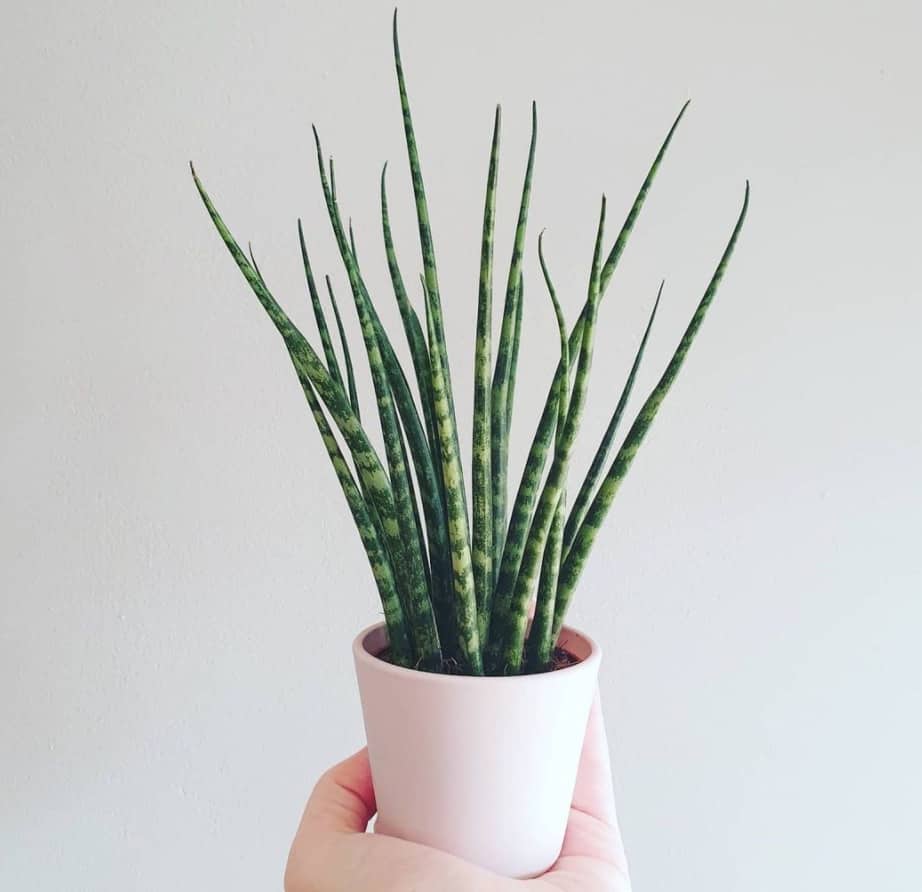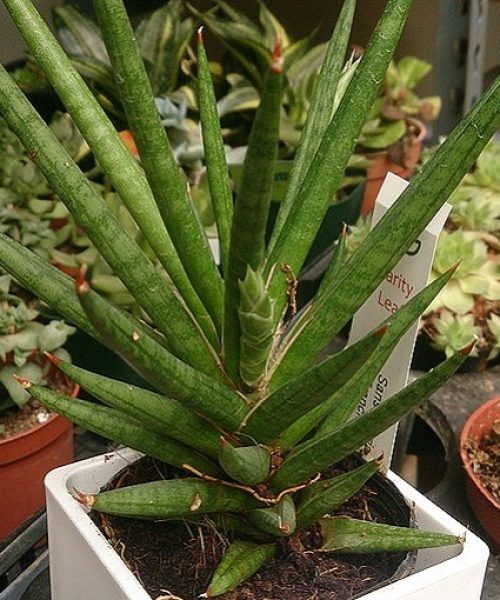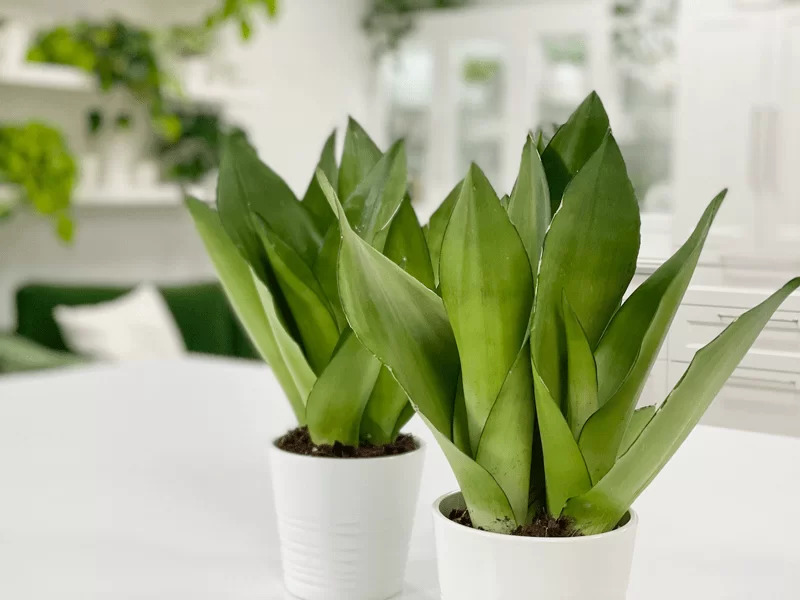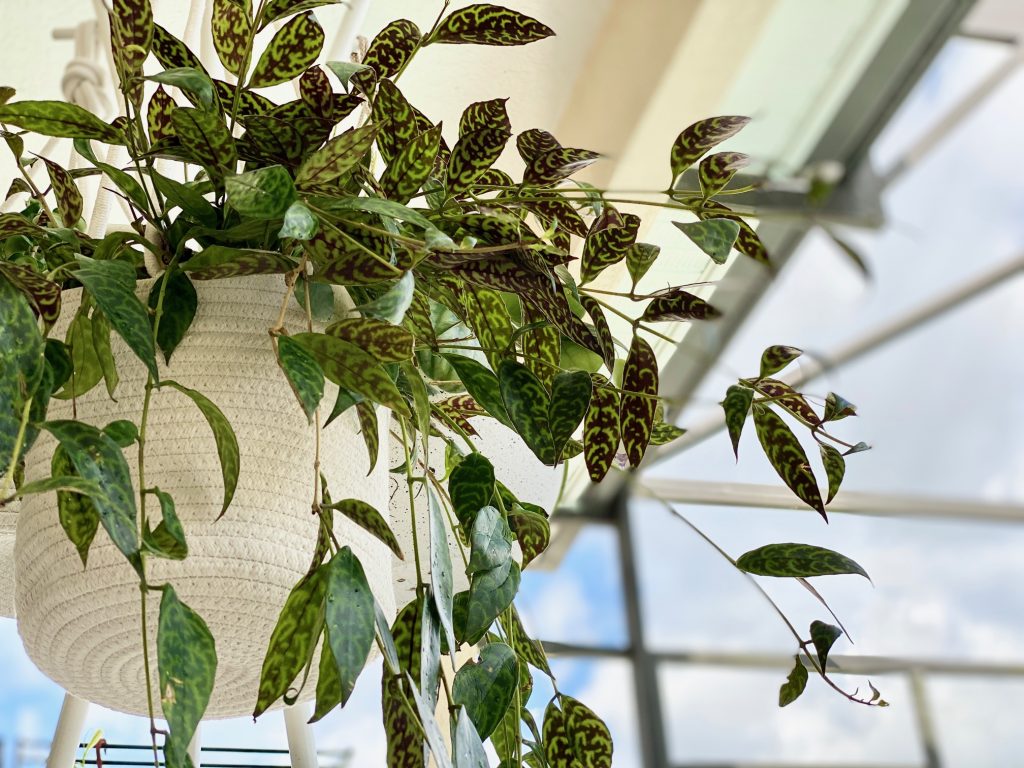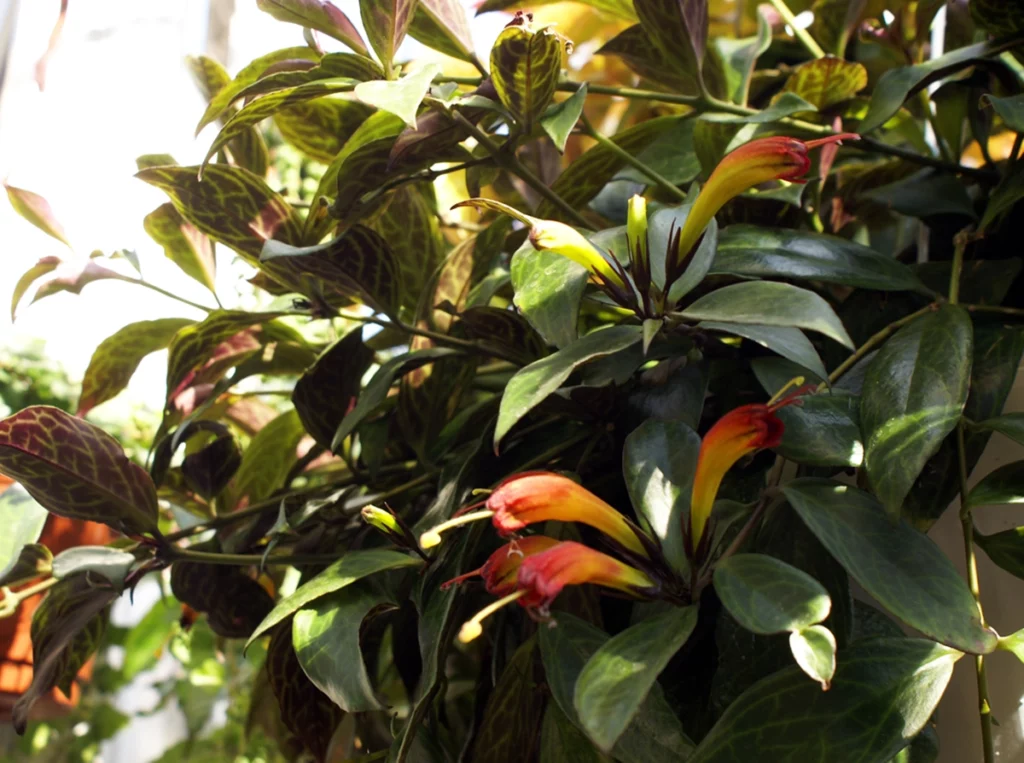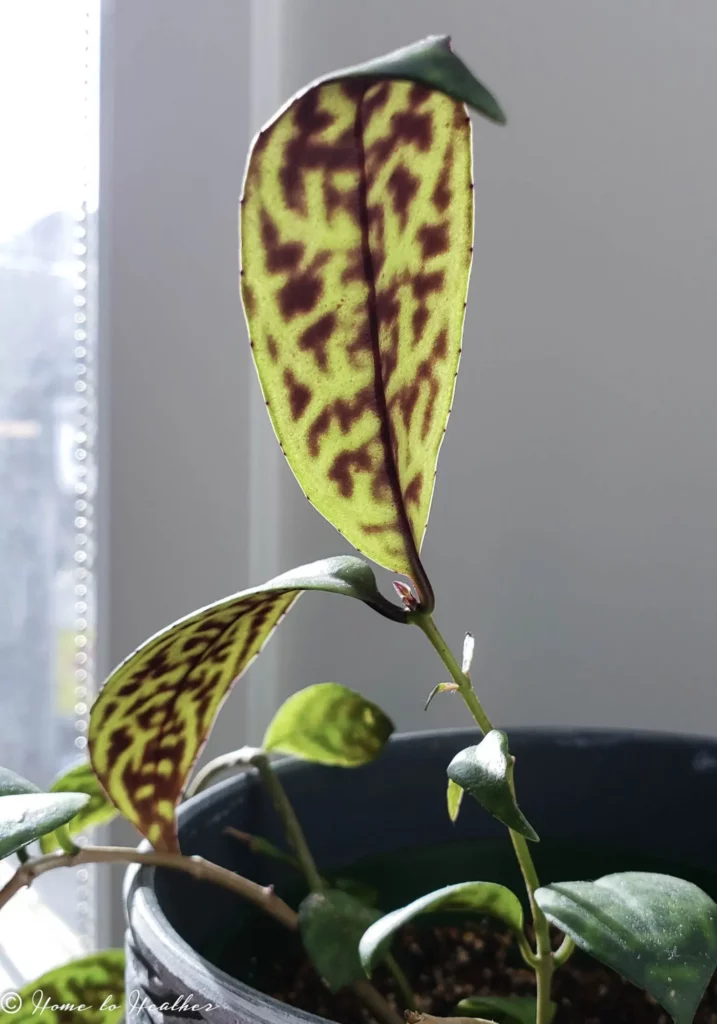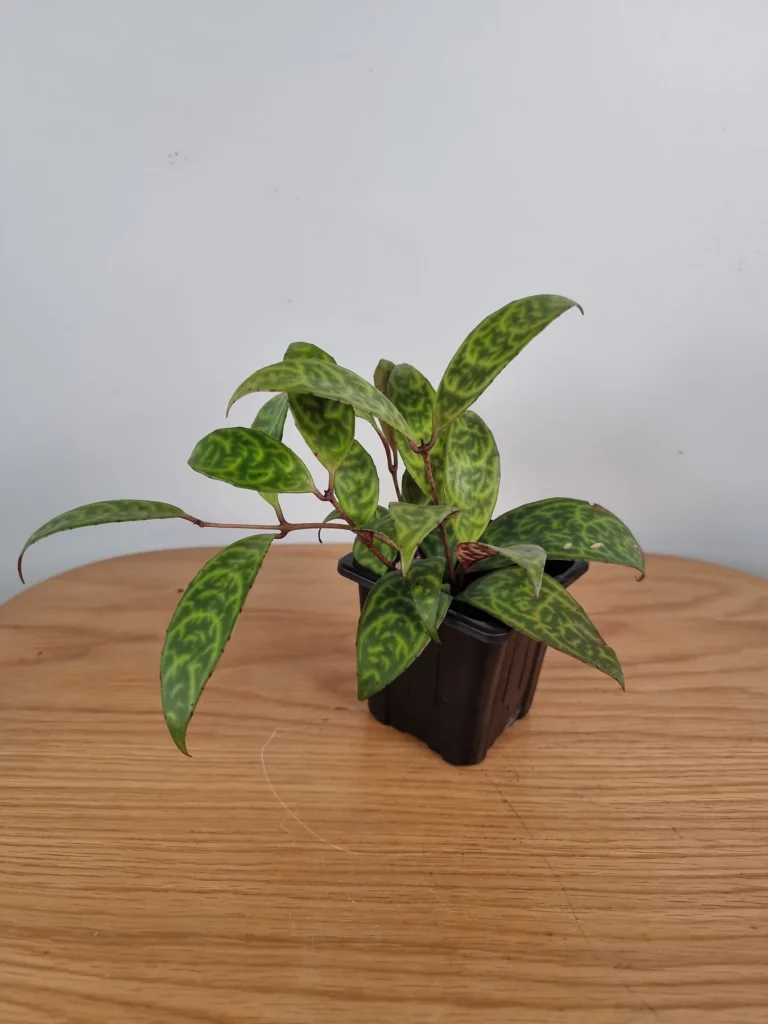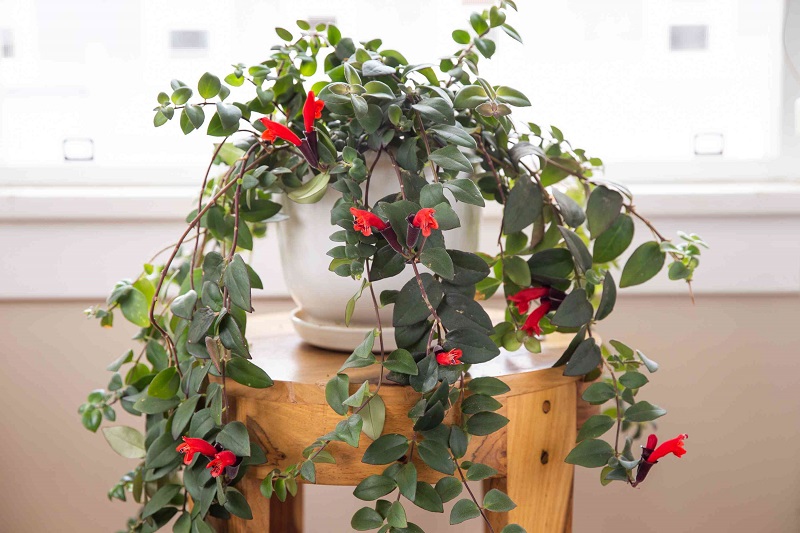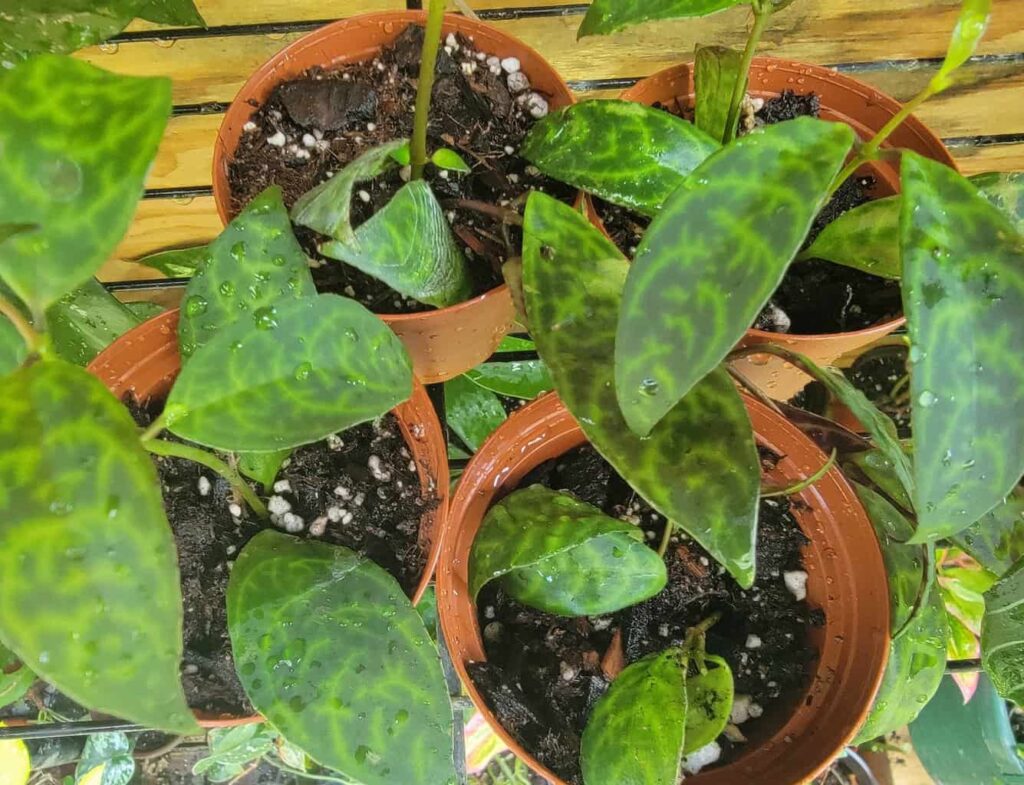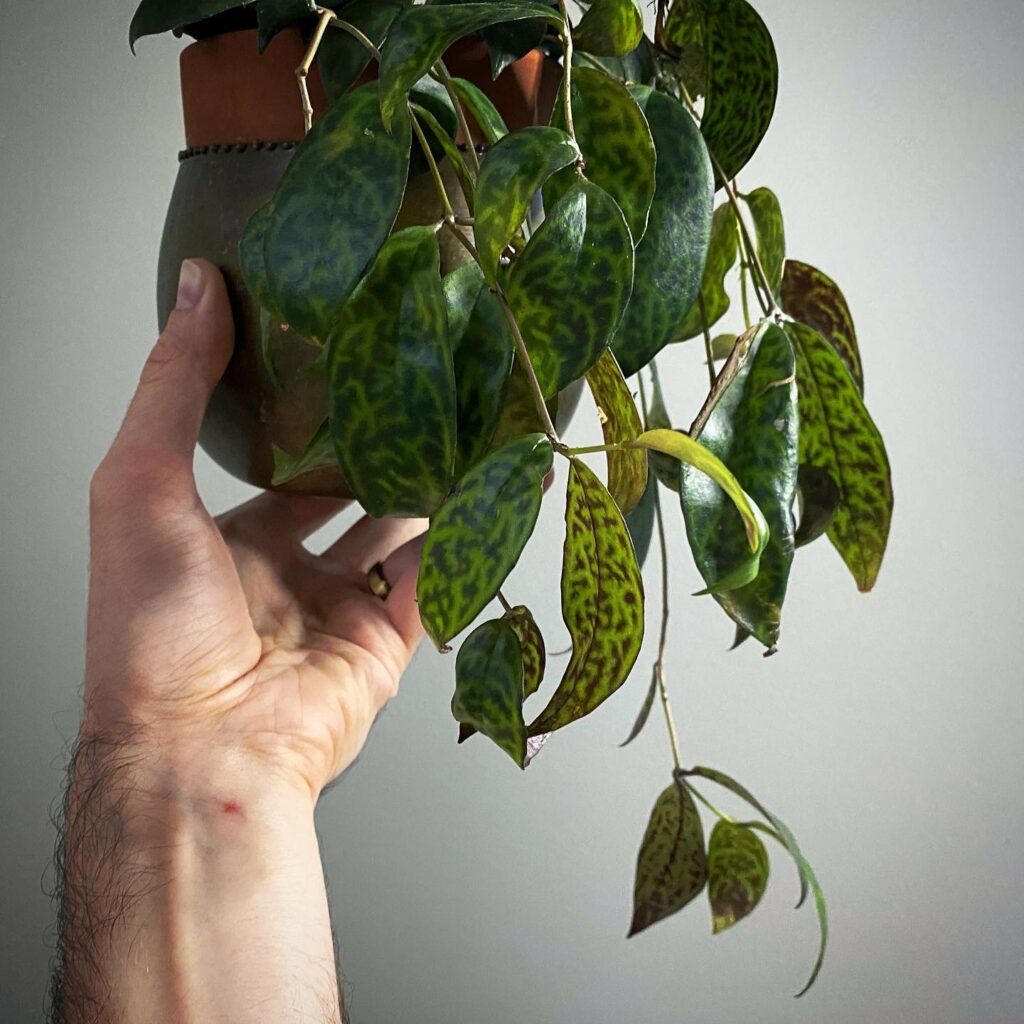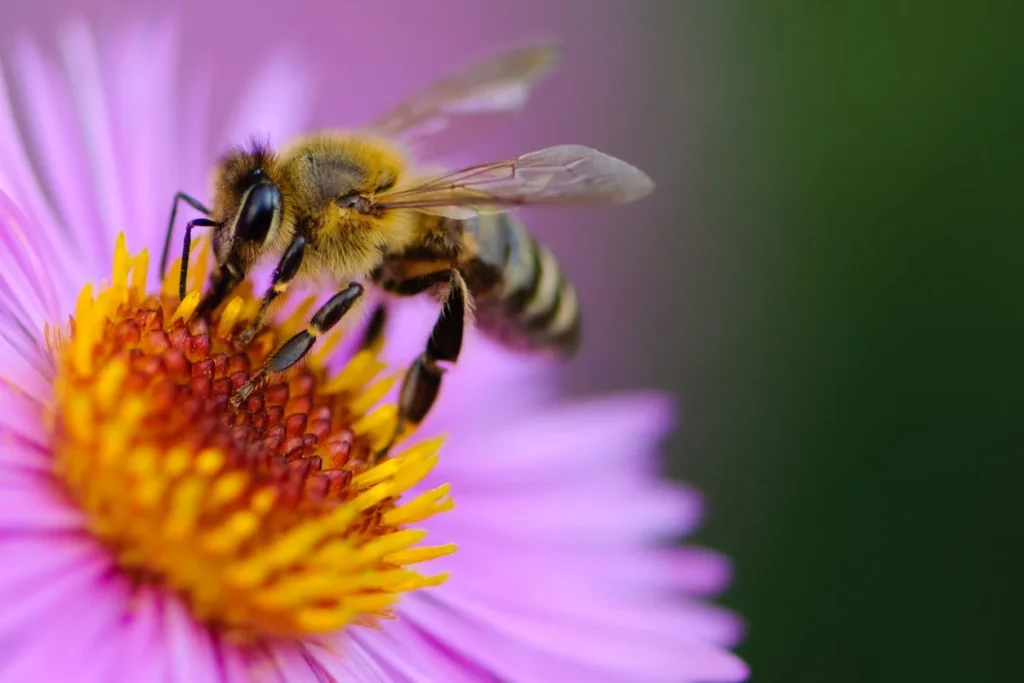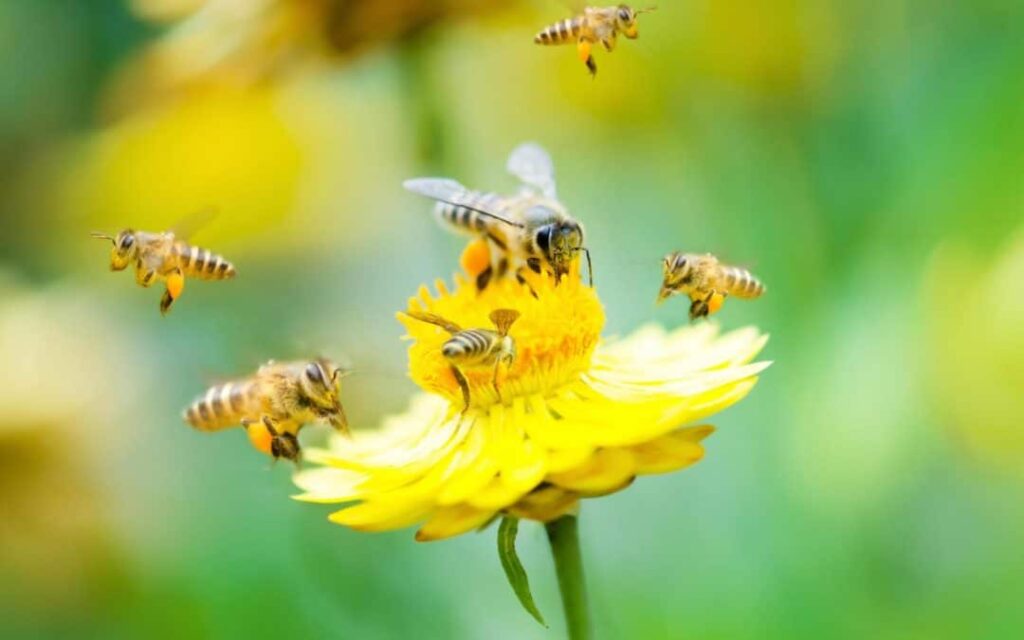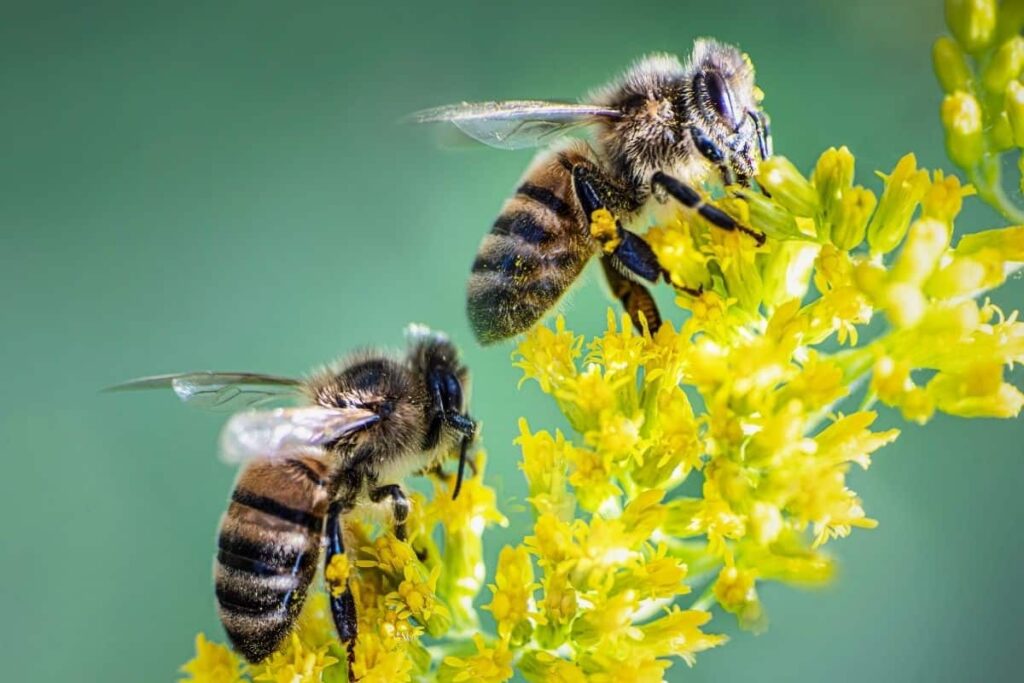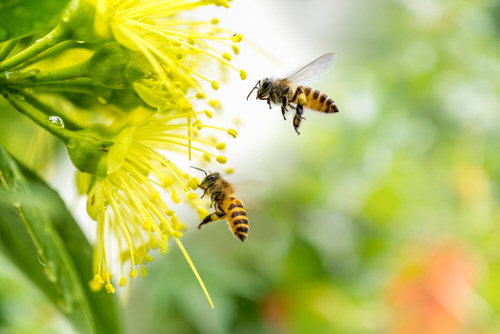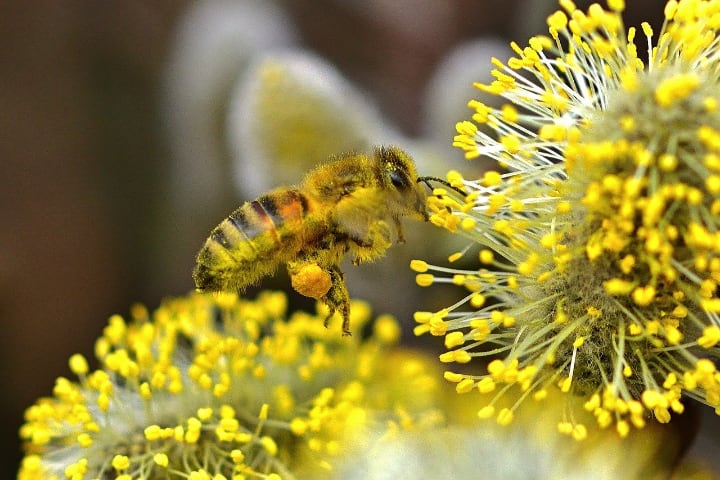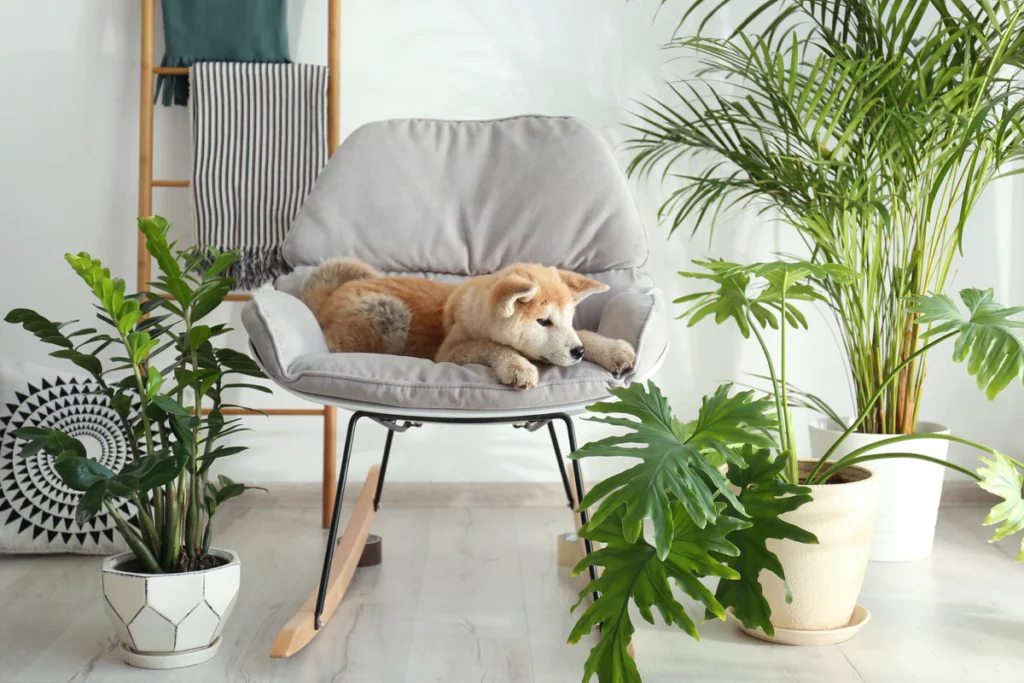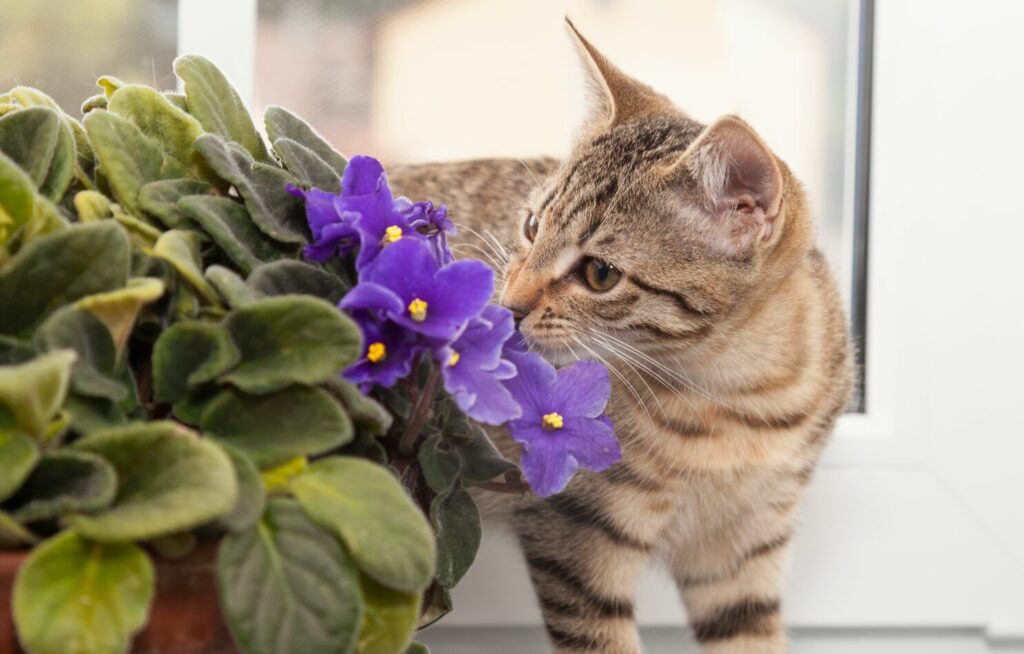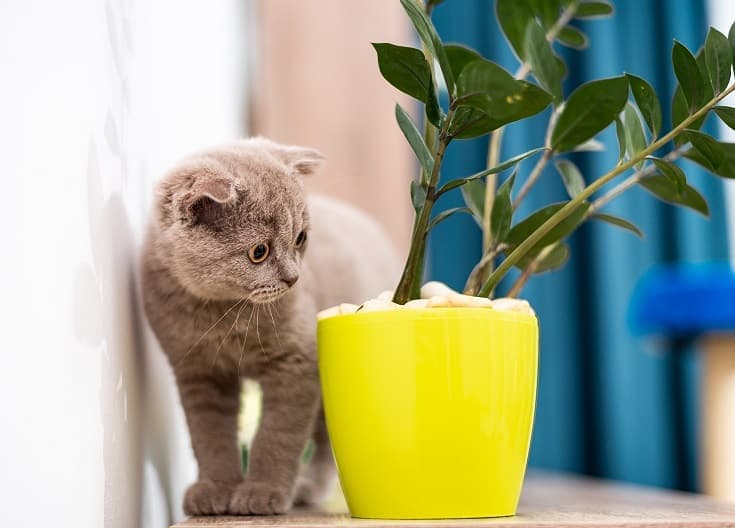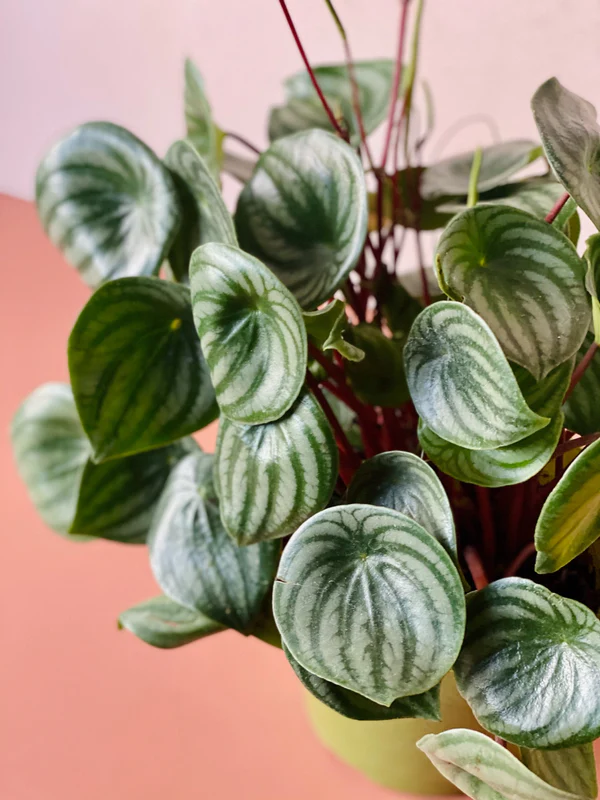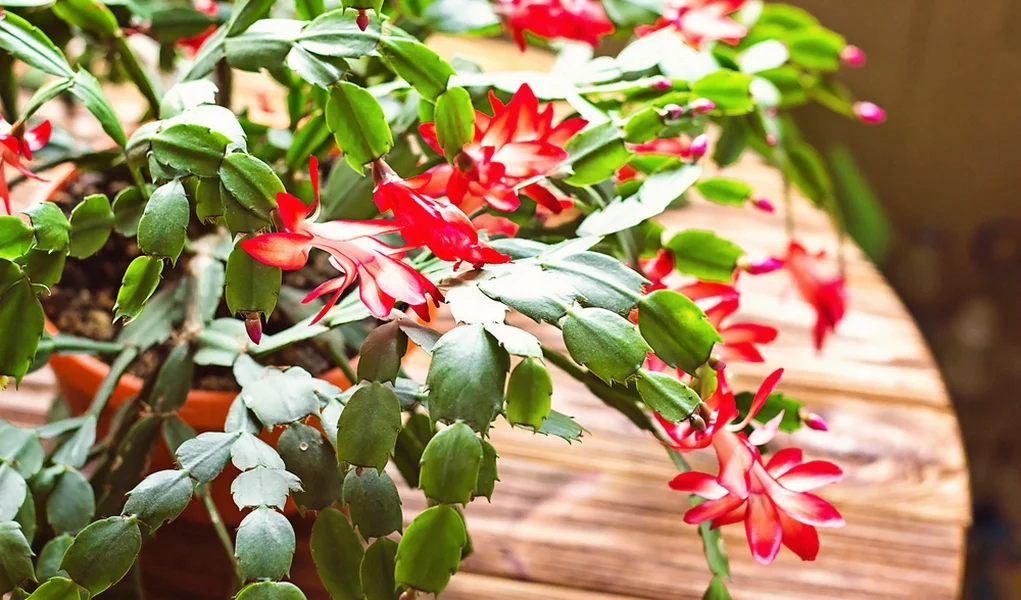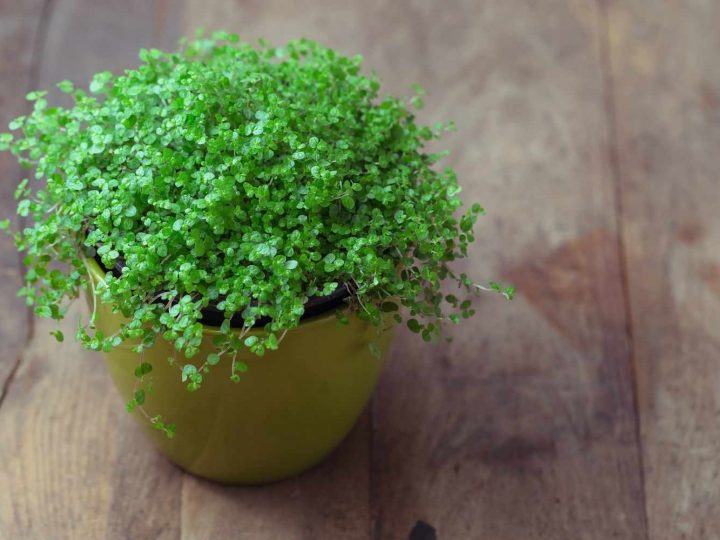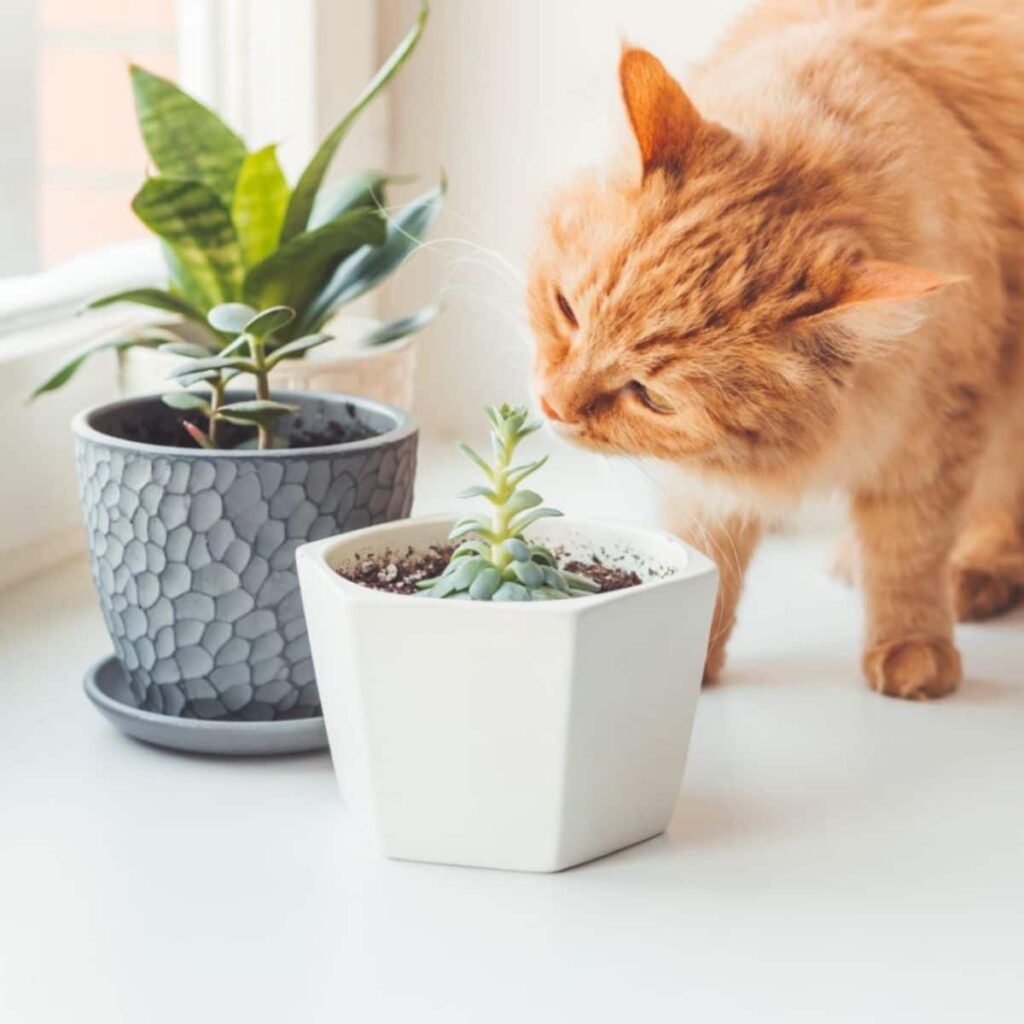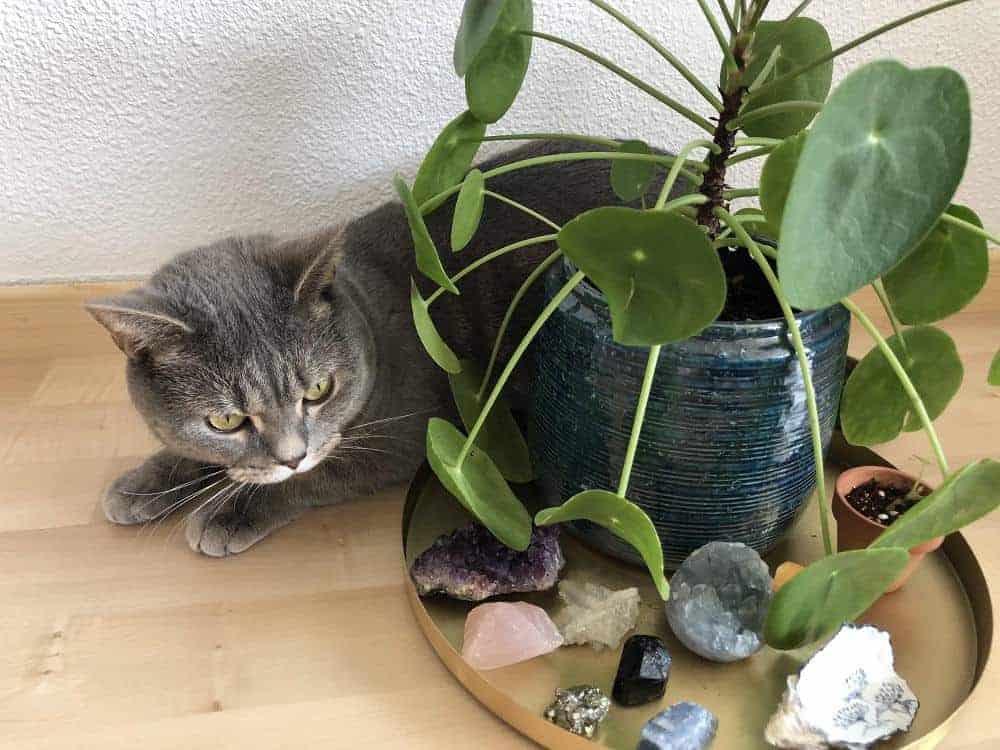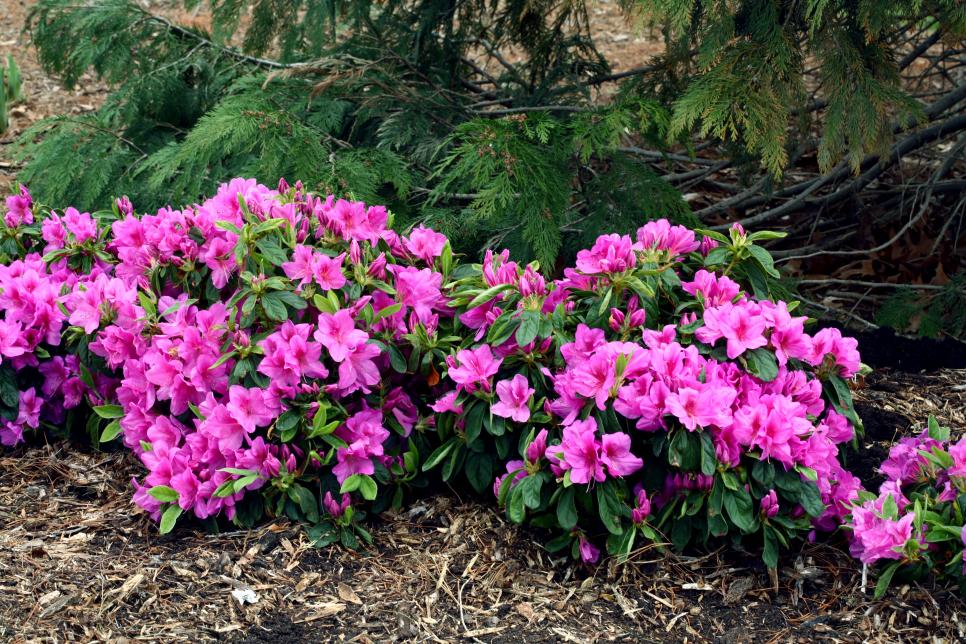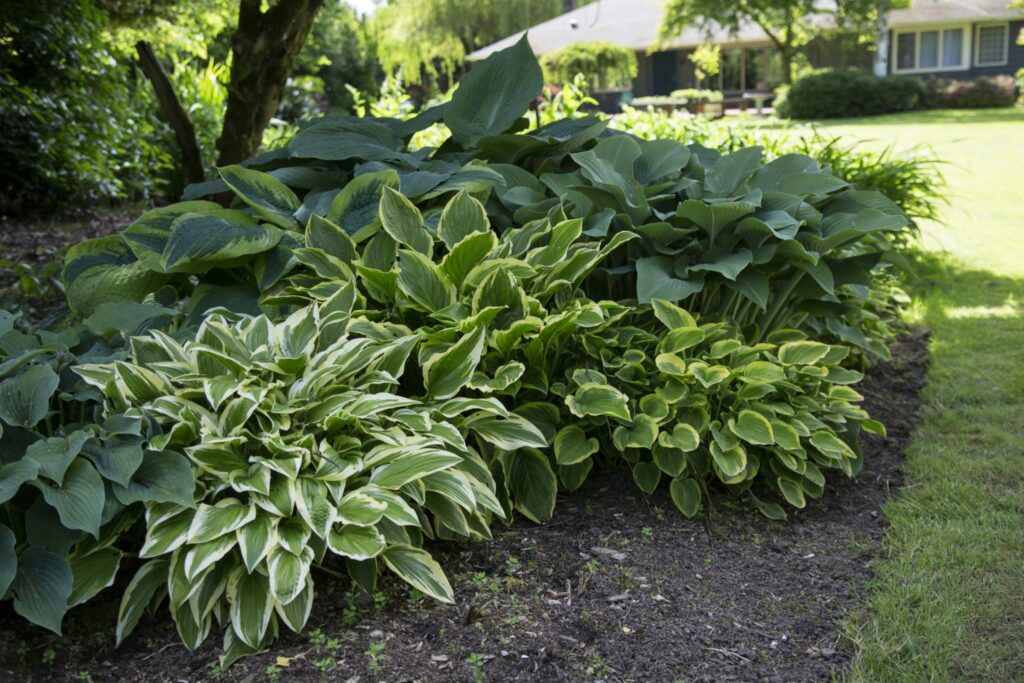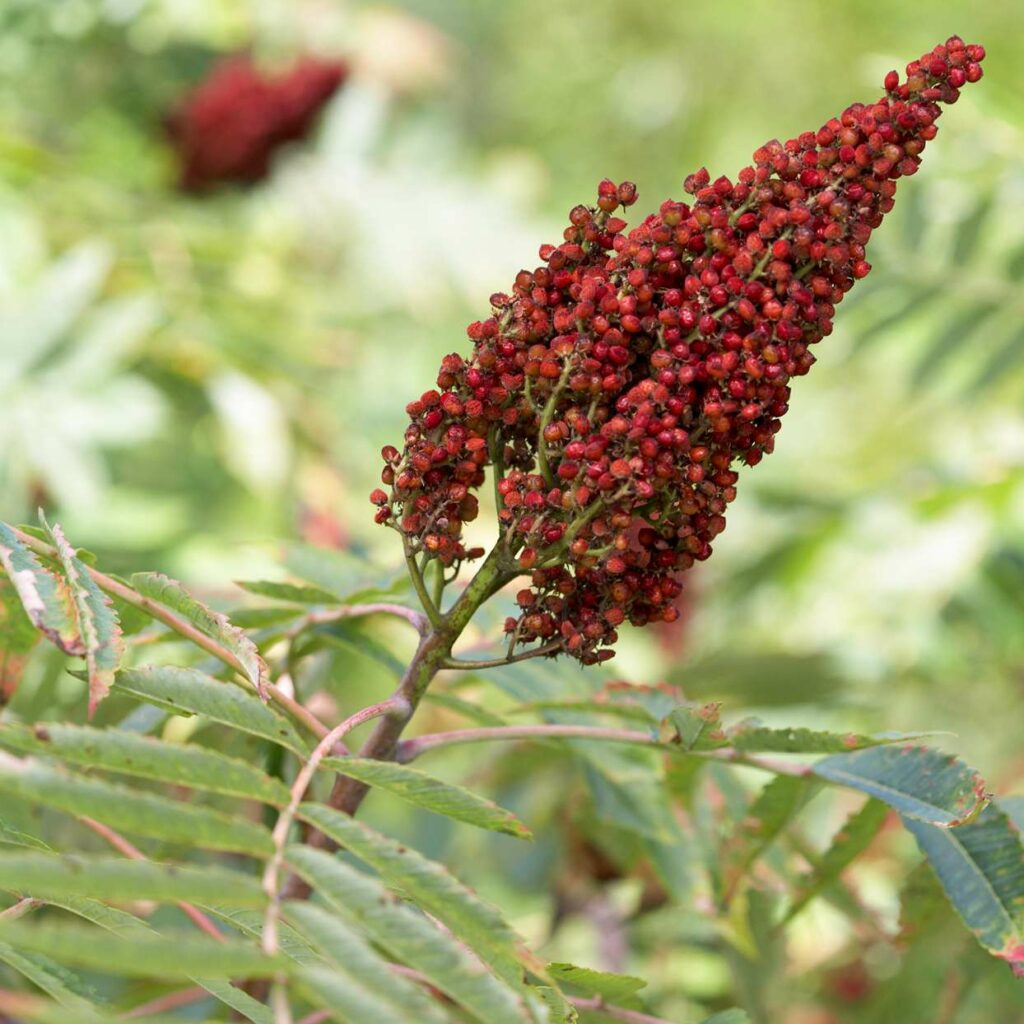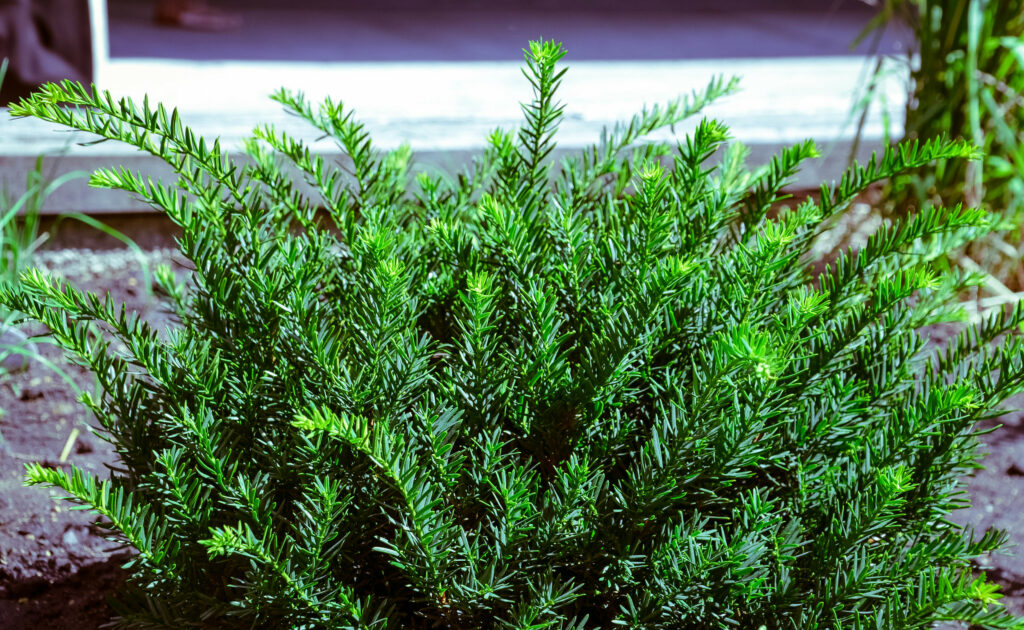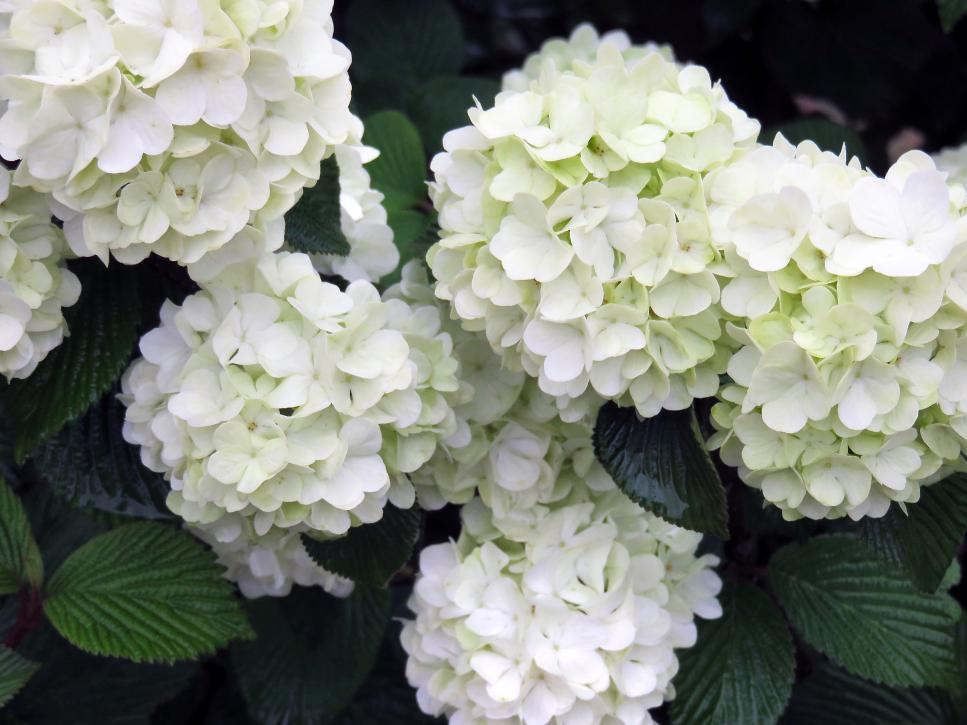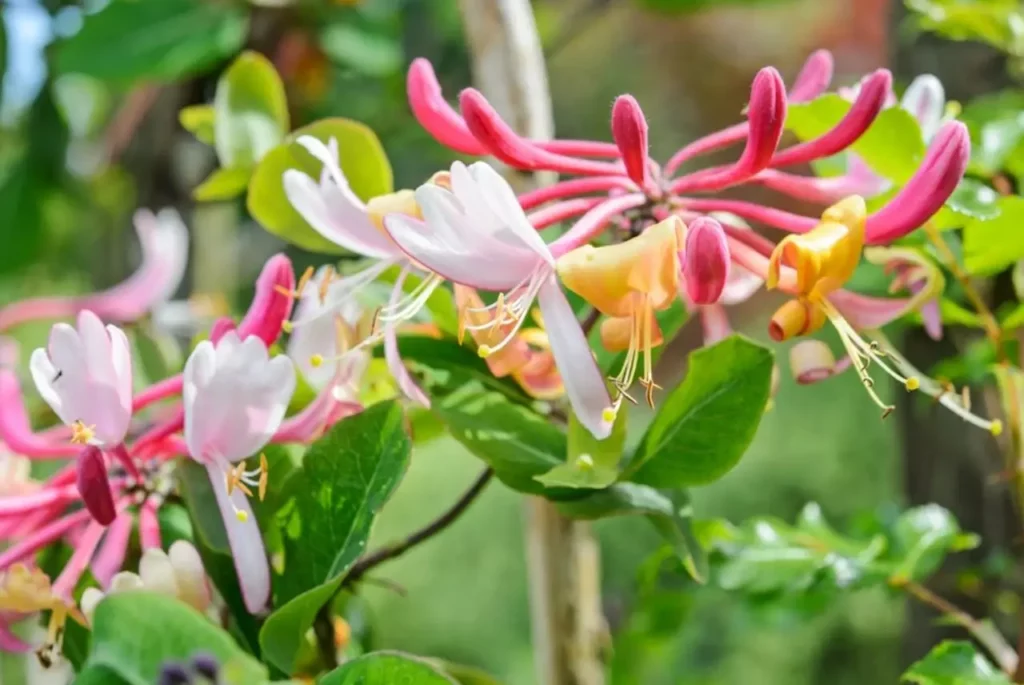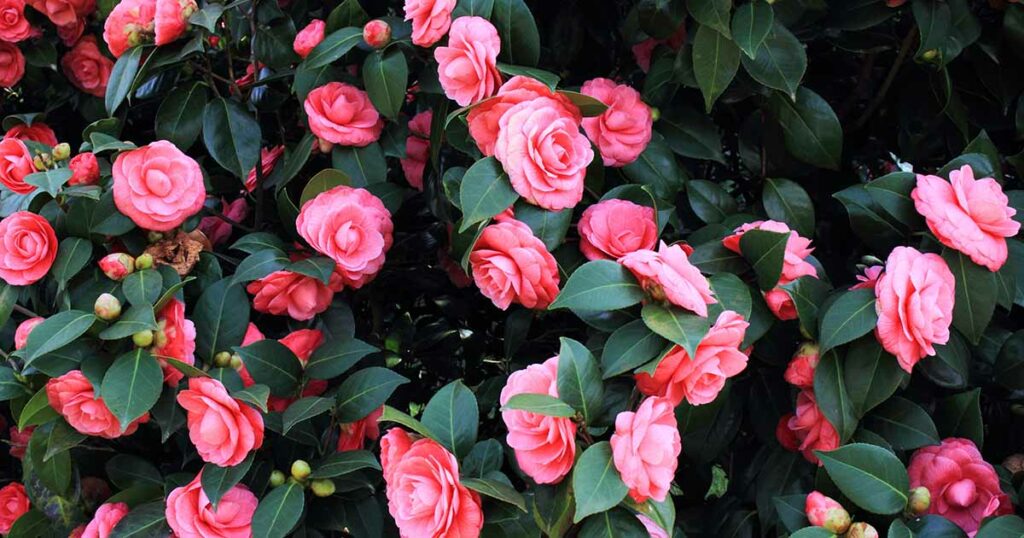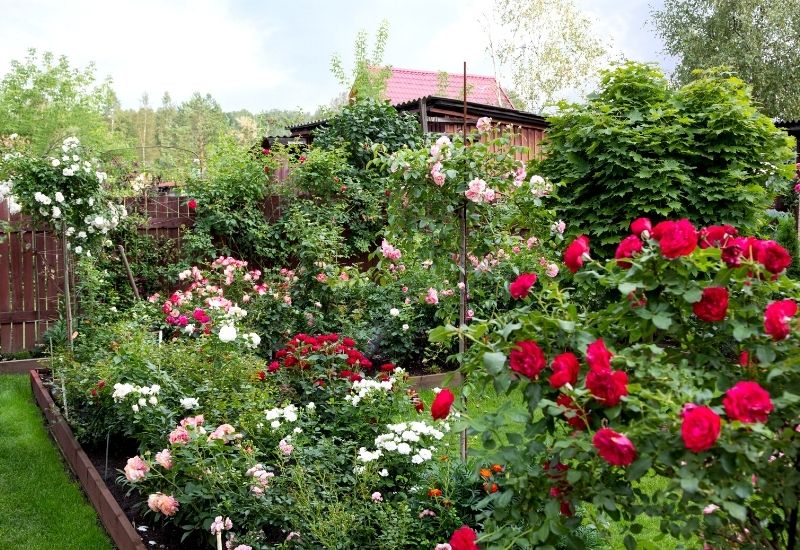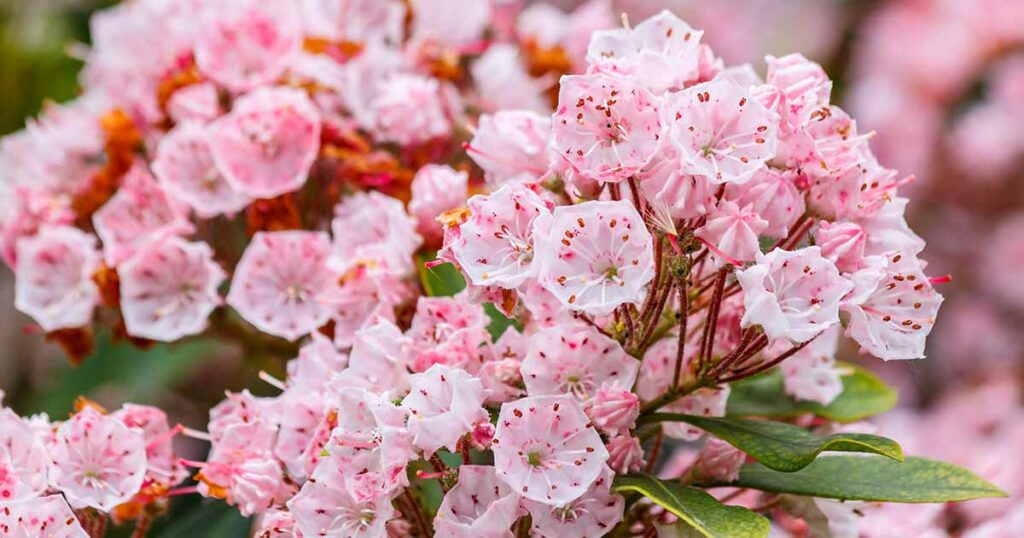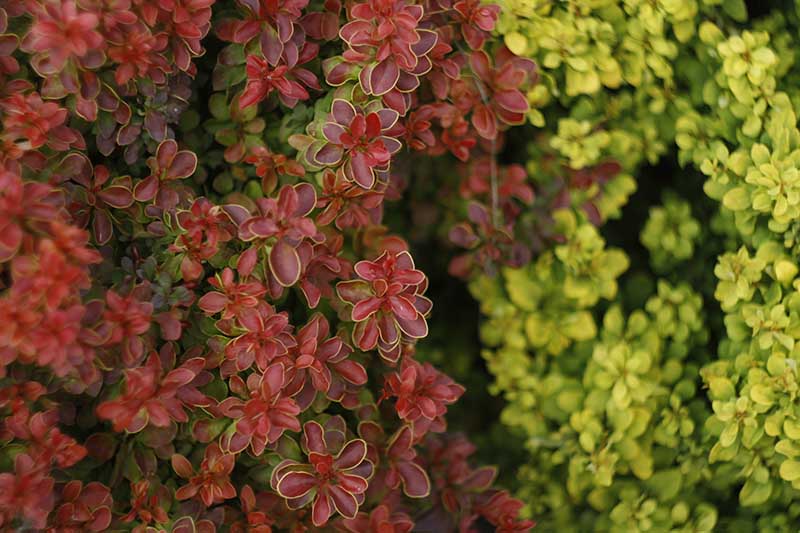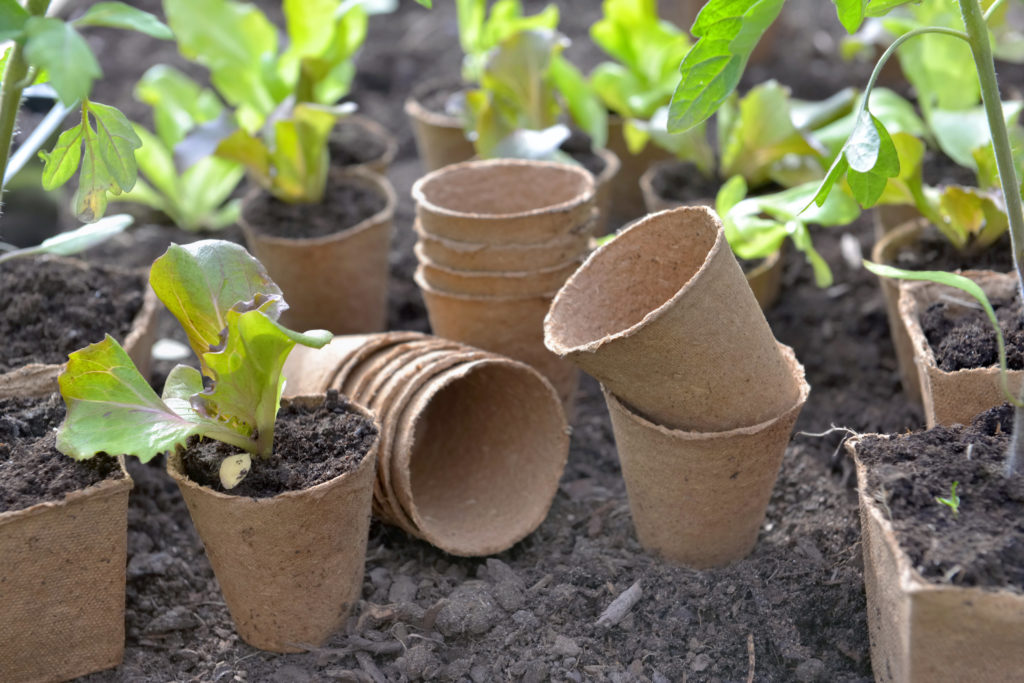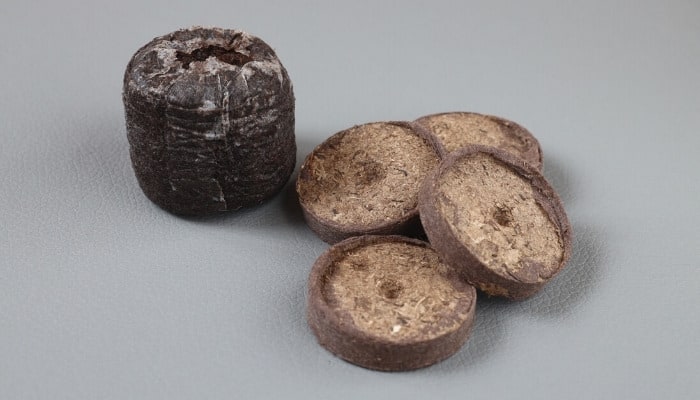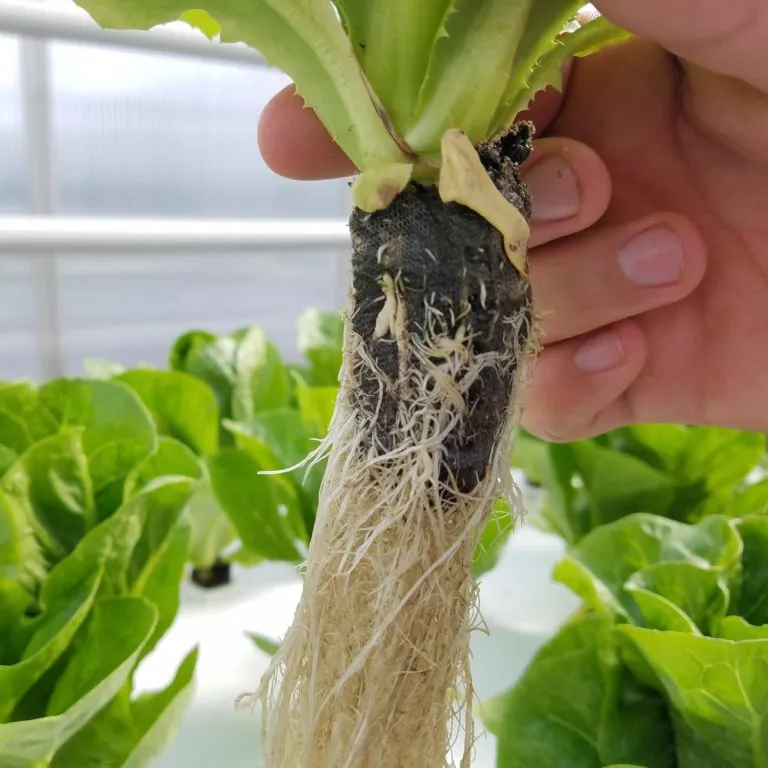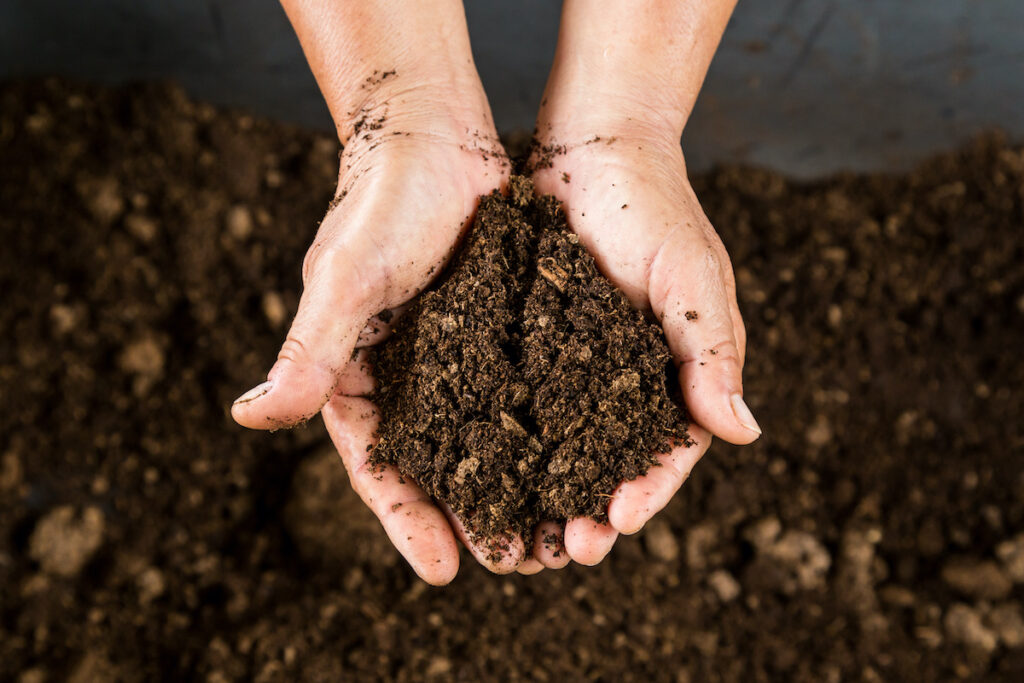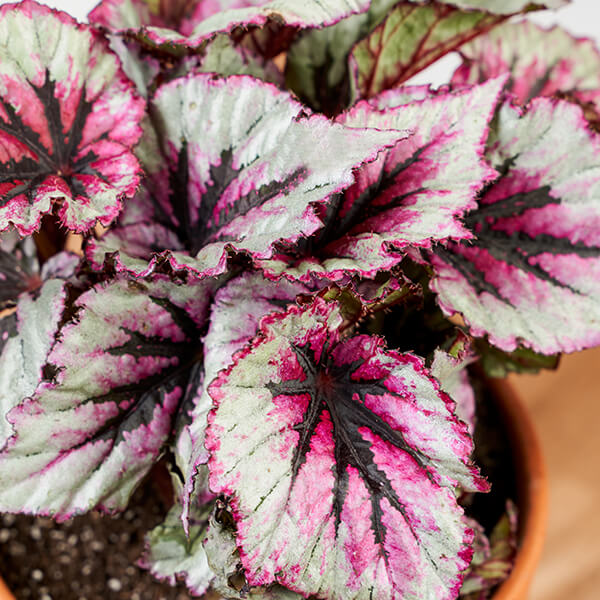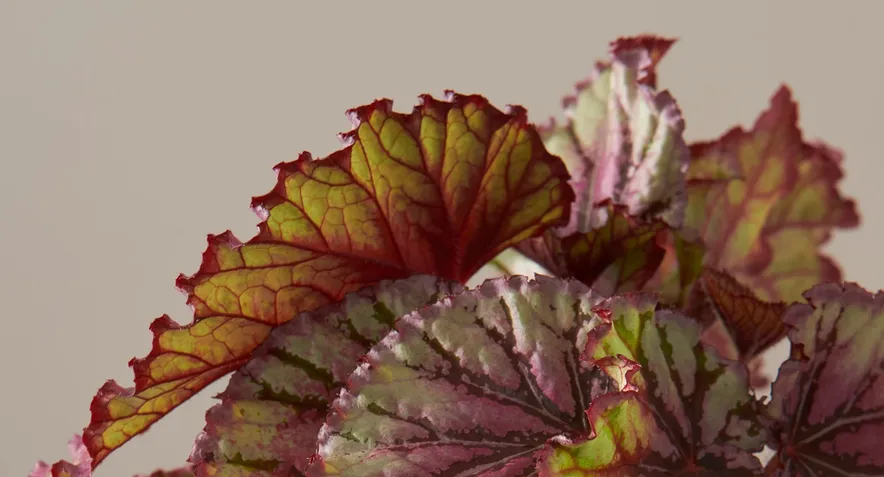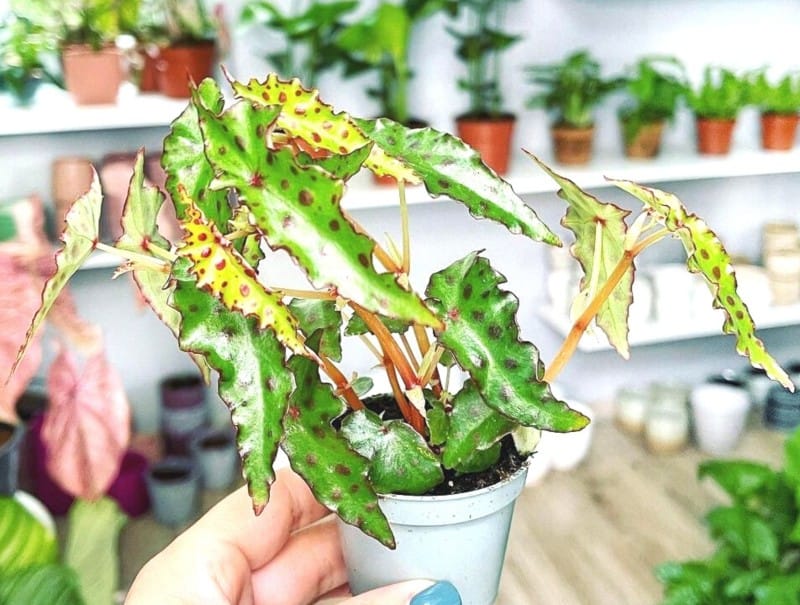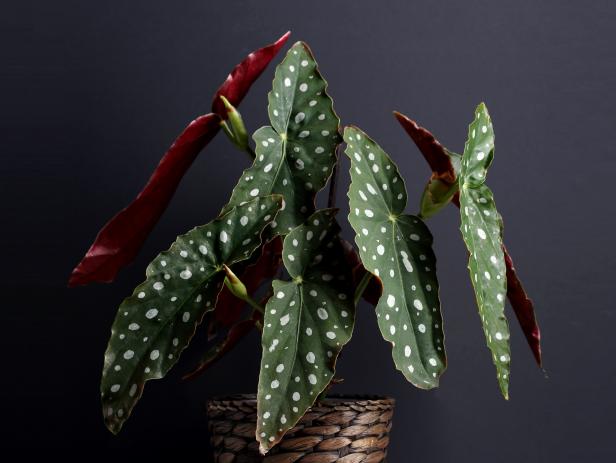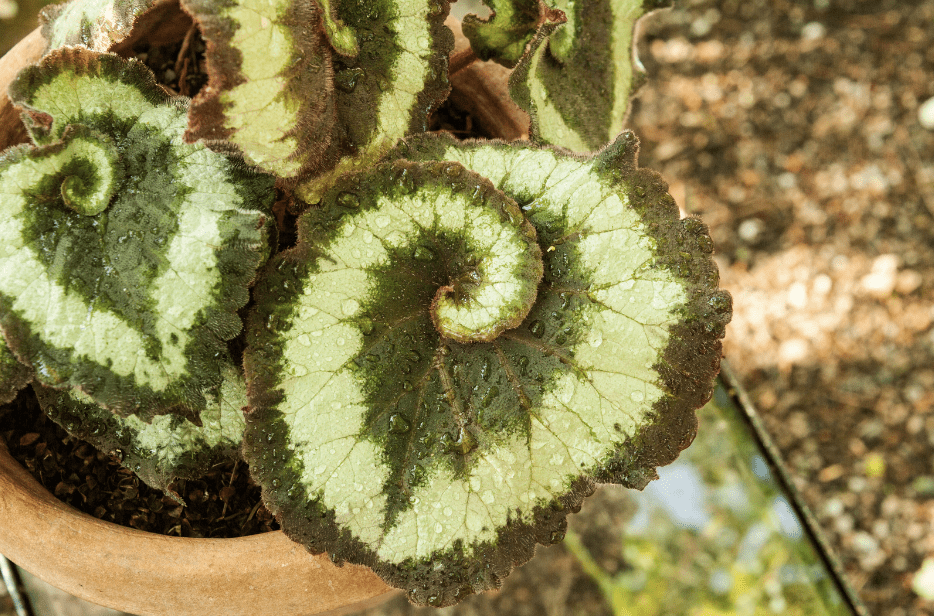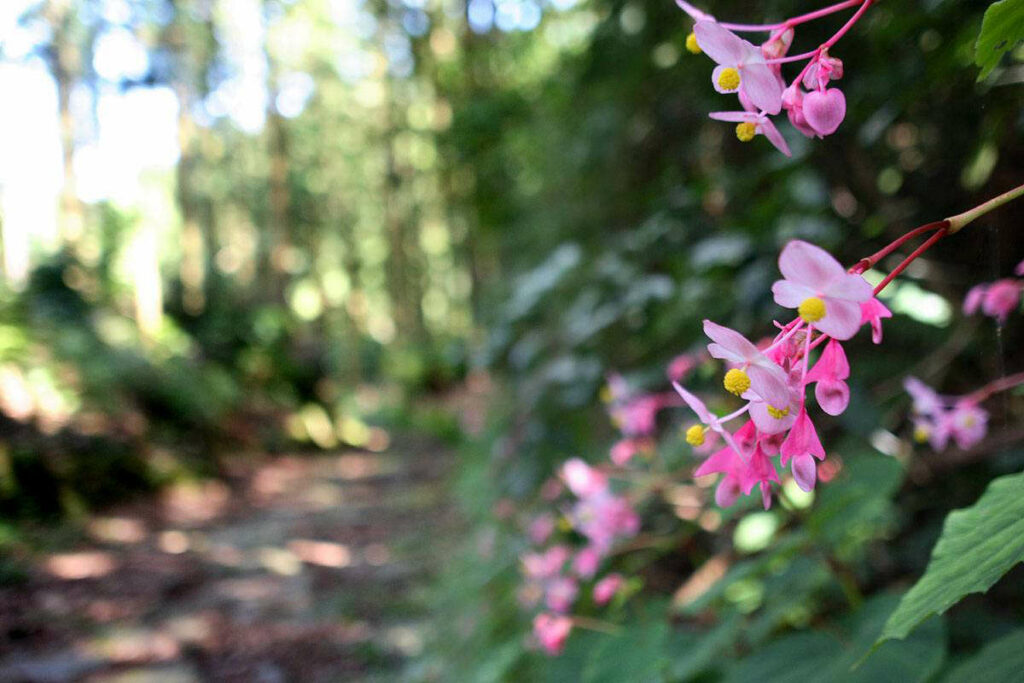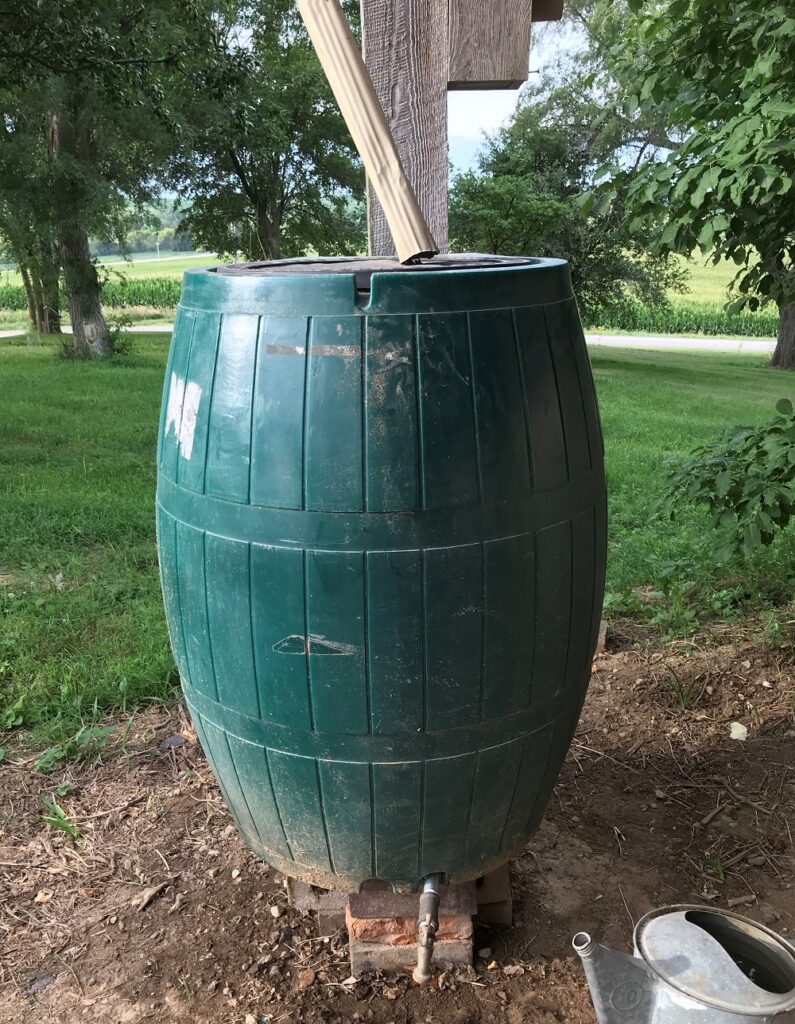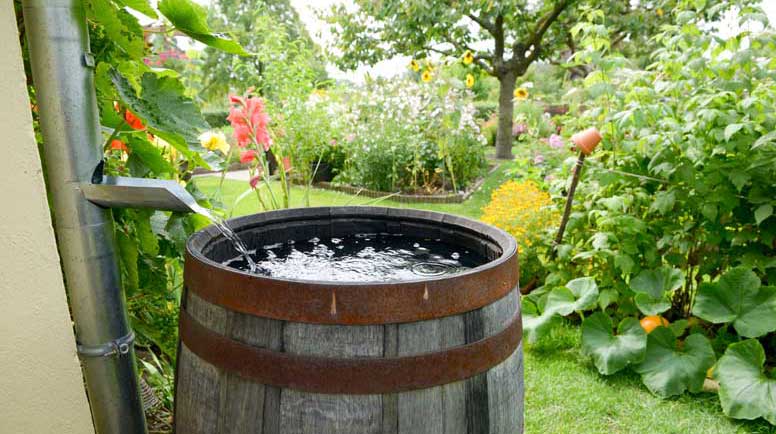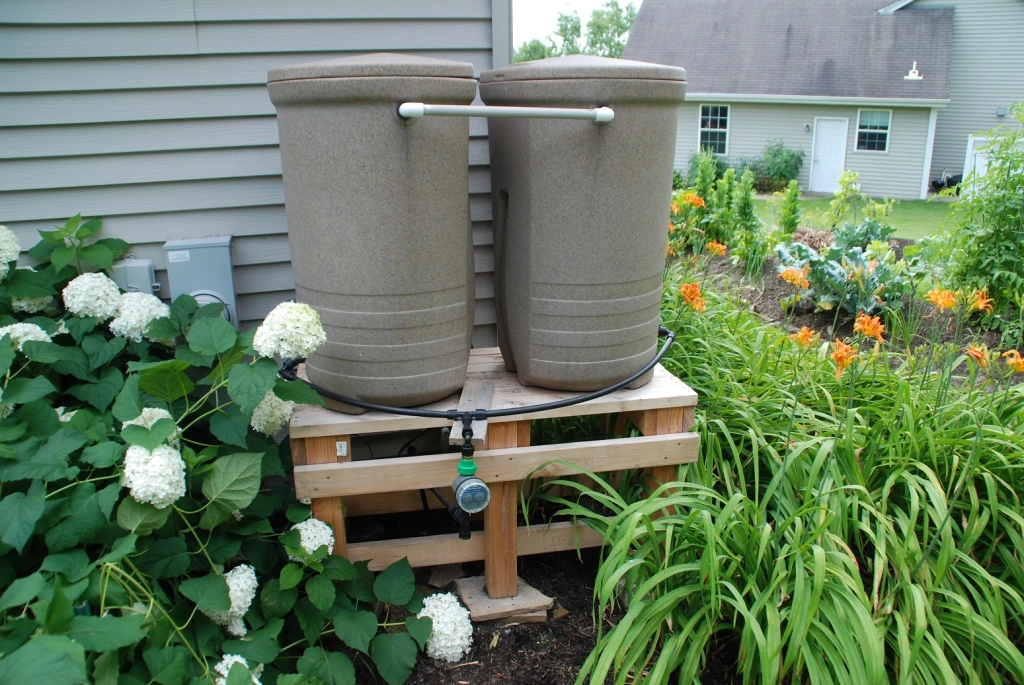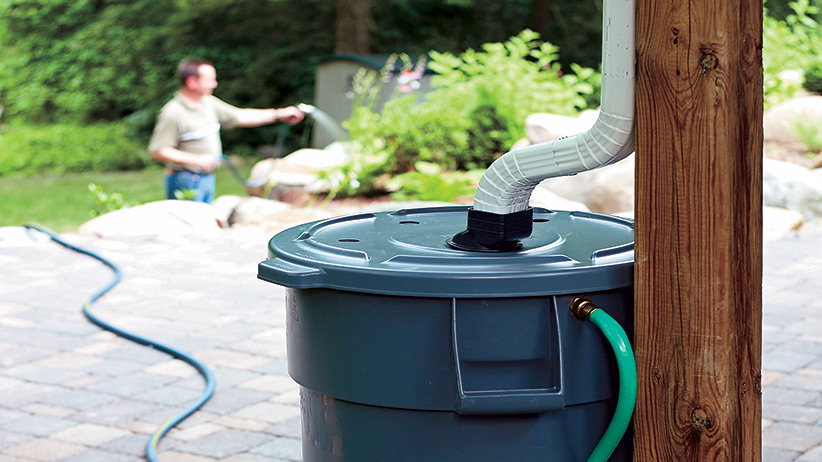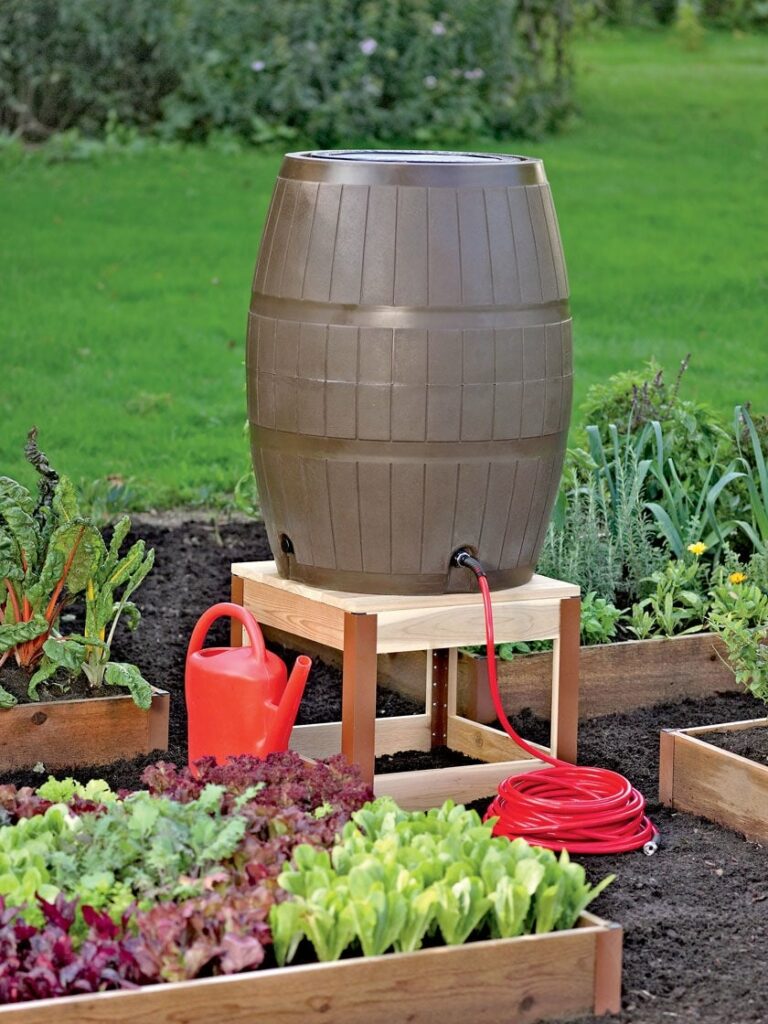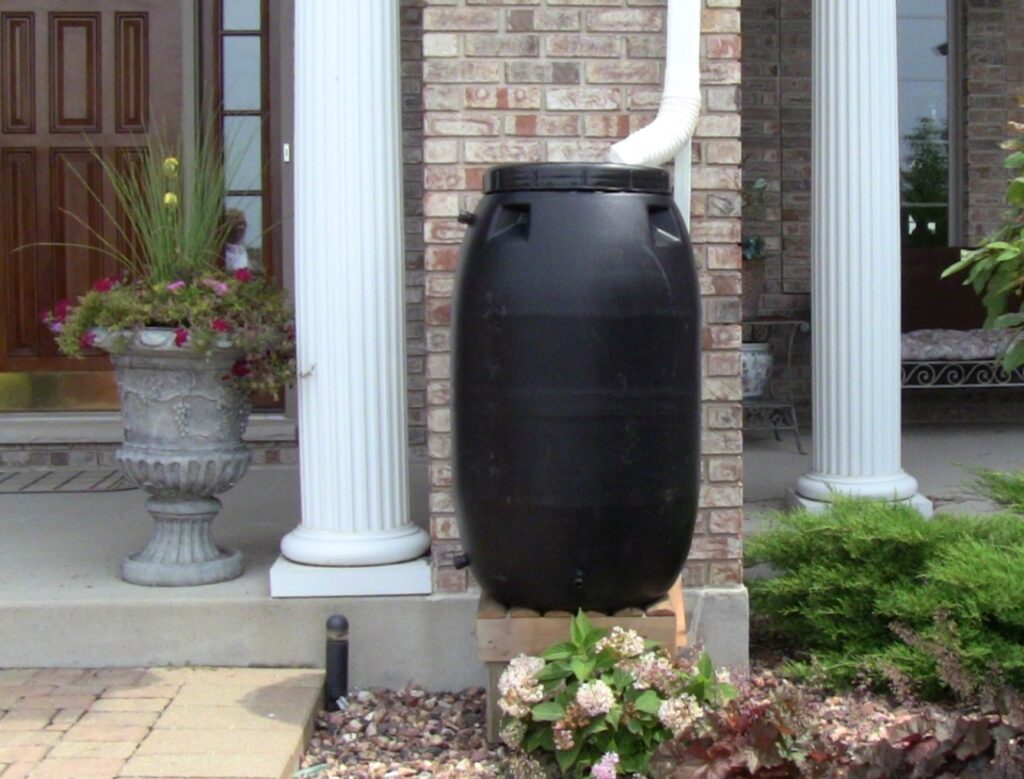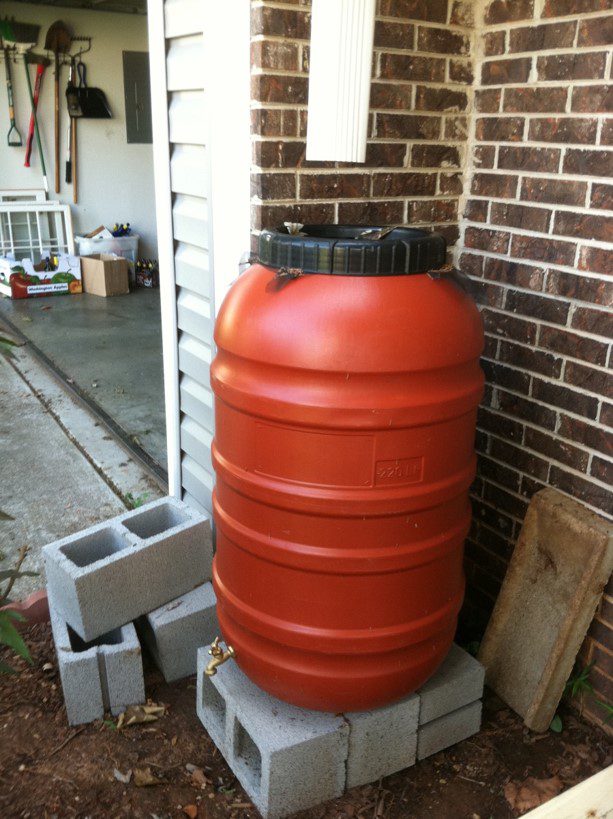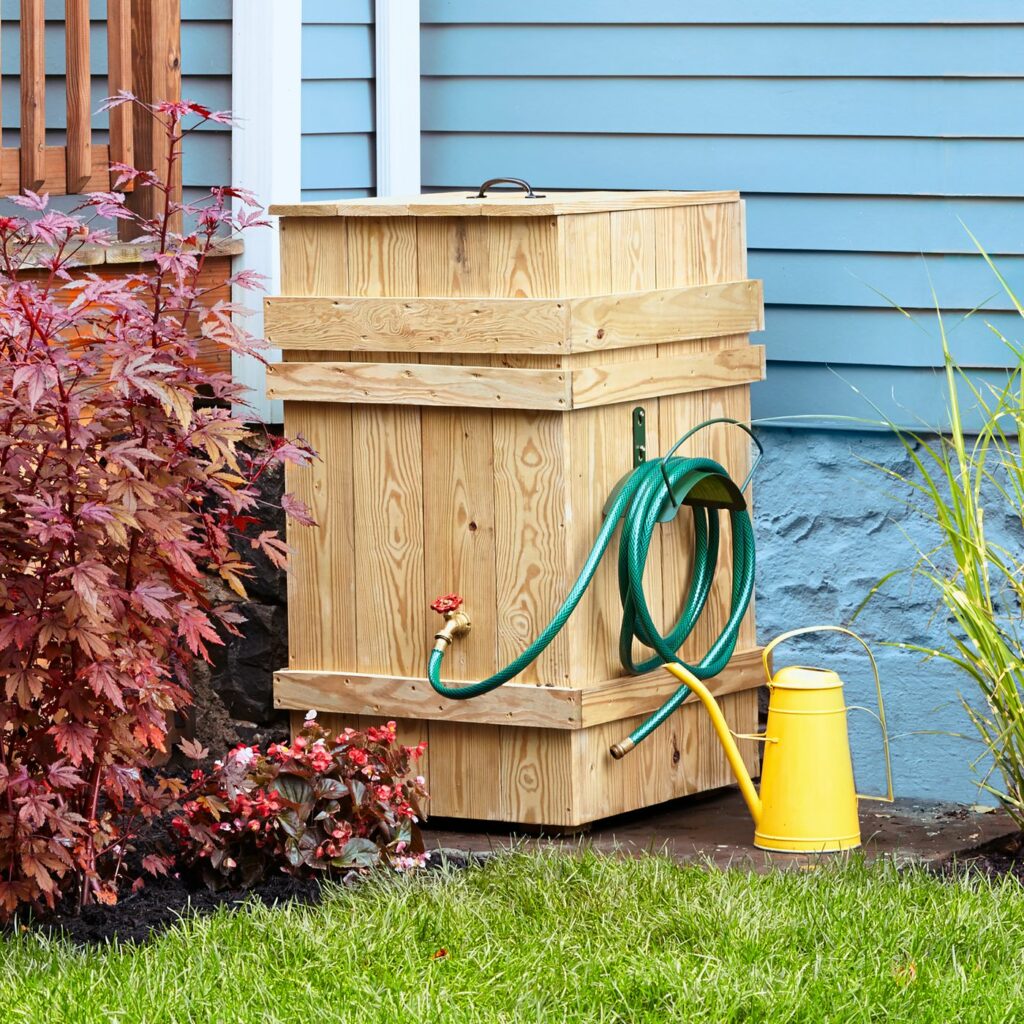How to care for cat palm: a complete palm guide!
The Cascade Palm/Cataract Palm is another name for the Cat Palm (Chamaedorea cataractarum). Cat Palms are endemic to south-eastern Mexico and look similar to both the Areca Palm and Kentia Palm. So how shall you care for cat palm? Here you will find all the answers!
Did you know? Having a Cat Palm in your home during Victorian times showed that you were at the top of the social ladder. These plants were frequently placed in the windows of homes so that anybody passing by could see that the residence belonged to a wealthy and respectable individual.

With its clusters of large, vivid green leaves, this plant can add a tropical feel to any home.
Care for cat palm plants-
This palm needs more water than most of the low-maintenance plants—just enough water to keep the soil moist but not saturated. Contrary to common opinion, palms are not desert plants. Regular watering will help to keep the fronds from becoming brown.
Dry soil, dry air, or tap water containing fluoridate can all cause brown leaf tips. Increase the humidity around the palm if the air is too dry.
Palm plants are extremely sensitive to soil salts. Chemicals included in tap water and fertilizers contribute to the accumulation of soluble salts. They can damage the leaves and roots.
Even if you’re a new gardener, the lush leaves of a cat palm may appeal to you. Their low maintenance, forgiving nature makes them perfect for usage both inside and outside.
There is no central trunk but rather a tangle of stems that produce bushy fronds. They are broad, with feathery leaves up to 1 inch wide on each side.
These trees are grown for their year-round blue-green foliage, ease of care, and air-purifying abilities. Outside, they can reach heights of 6 inches. They are usually 2-3 inches in containers.

Requirements to take care of palm-
Here are certain requirements to do cat palm care:
Temperature for cat palm
Cat palm plants flourish inside because their ideal temperature range is the same as that of a human. Temperatures ranging from 10 to 27 degrees Celsius (50 to 80 degrees Fahrenheit) are suitable for this tropical. So, plant cat palm as we mention here.
Keep the cat palm indoors and away from draughts and cold sources, such as single-paned windows, as it will not tolerate prolonged exposure to cold.
Light requirements for cat palms plant.
Although cat palm trees like bright light and can endure some direct sunshine, they are nonetheless susceptible to burning. These trees should preferably be near windows that face east or south and receive a lot of sunlight while gardening.
You can avoid scorching this plant by not resting your cat palm on the actual windowsill. Instead, place the plant 1 to 3 feet away.
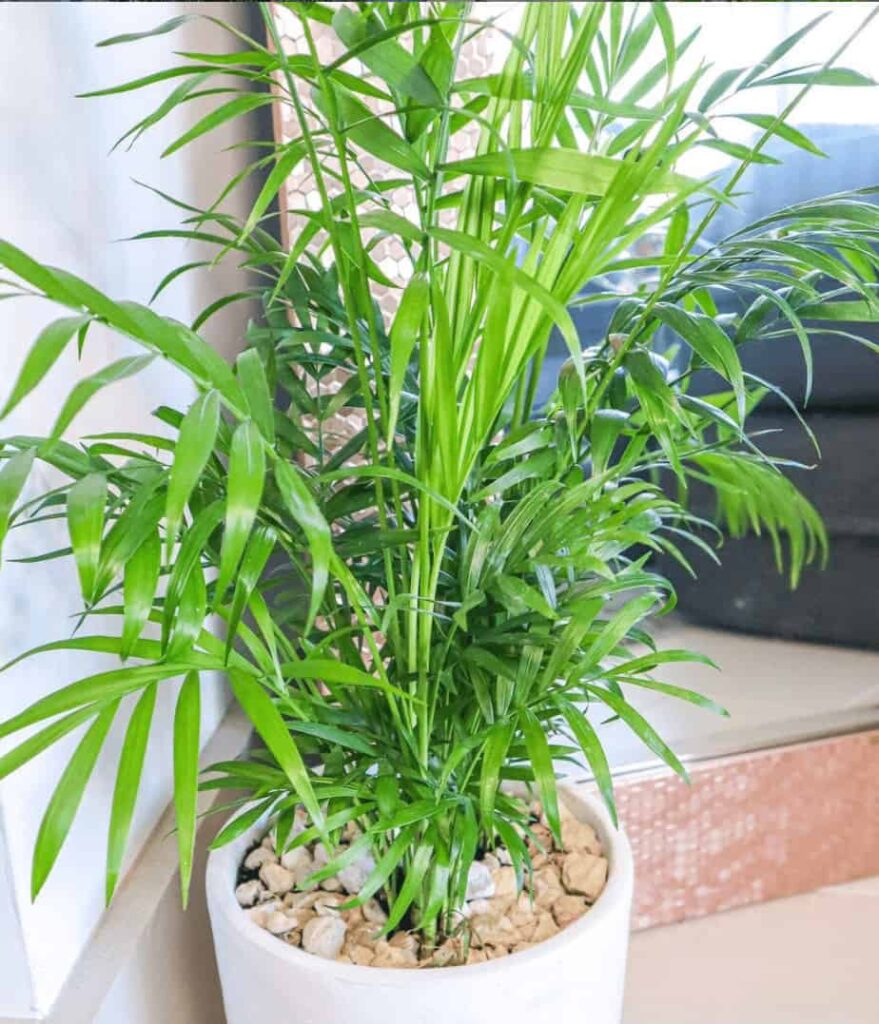
Soil needs of cat palm tree- plant care and needs.
Use light, well-draining soil if you want to be successful with cat palm maintenance. Although these plants prefer moist soil, the water must be moving. If the roots are in still water for a long period of time, they may succumb to root rot, a silent killer of many houseplants.
The soil composition does not need to be complicated while gardening in palm tree. There are mixes available that will give the nutrients as well as space for the plant to breathe while water isn’t in one place. A mixture of potting soil, peat moss, perlite, and some bark chips should be sufficient for building your own soil mix that is ideal for cat palms trees.
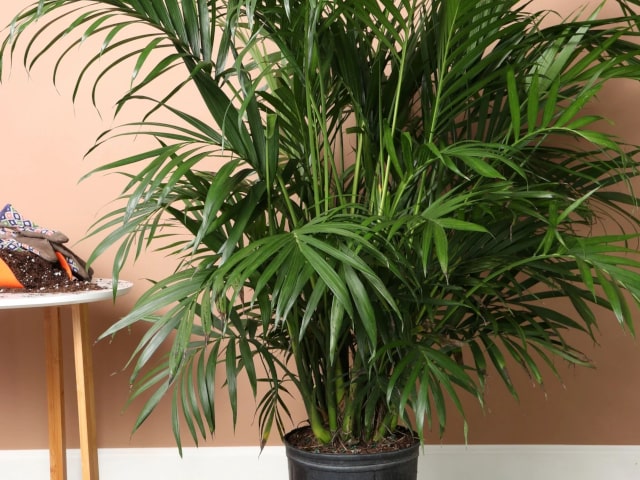
Humidity in which cat palms grow.
Humidity may be an essential component of this palm plant. One of the main reasons these plants cannot grow inside is based on the level of humidity in house. The optimal humidity level for the room is around 55%, but because this isn’t always possible, you have to put in a little extra effort.
To keep this plant moist, use a humidifier or place it in a wet tray. Make sure it’s on the tray with stones, not in the water. Water cat palm accordingly!
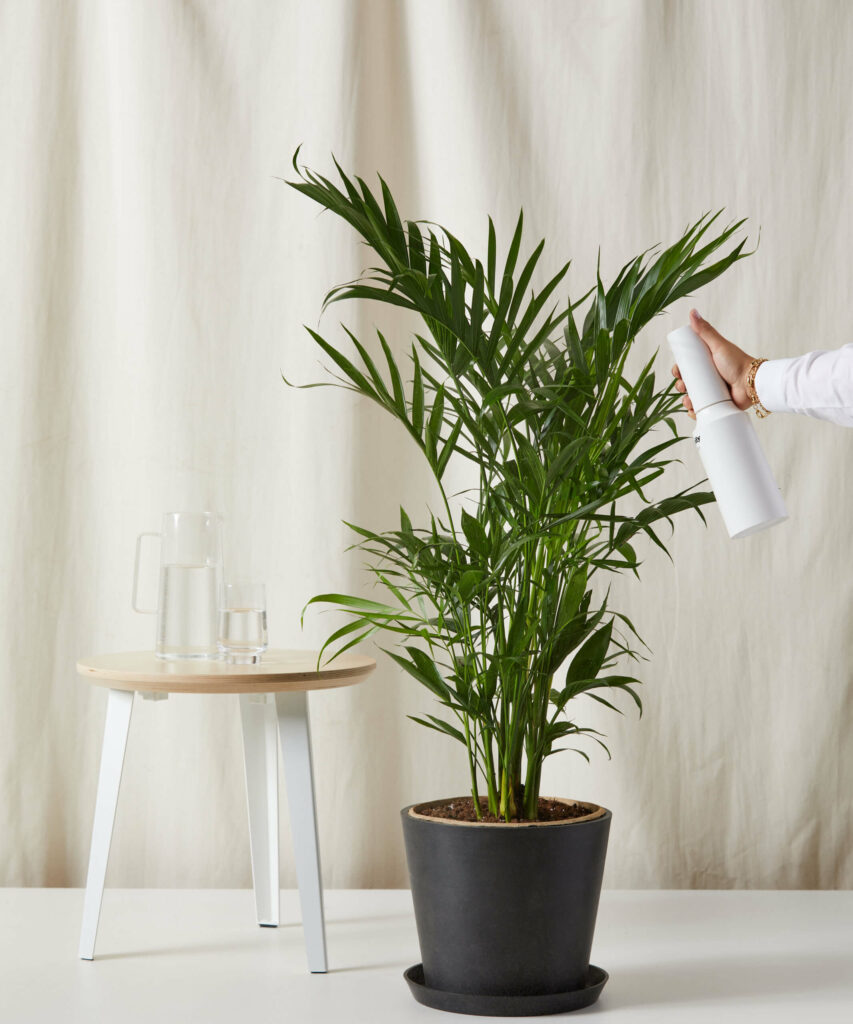
Planting care for cat palms
Cat palm plants require little repotting because they grow slowly. Because these house plants want to be enclosed, a new container has to be slightly larger than the previous one. It’s also a good idea to repot at the same depth and to avoid manipulating the roots too much because they’re rather delicate.
Consider how you’ll manage your cat palm plants as they grow while caring for small cat palms.
Moving a cat palm plant around is easy when it’s tiny on a table, but it will get more challenging as your cat palm develops.
Watering care of palms
One of the most critical components of studying cat palm maintenance is determining how much water your specimen needs. Cat palms detest dry soil and prefer a moist climate.
If the soil is dry, it’s time to water this one! Check by your fingertips around 2 inches deep in the soil.
Tips-
- Using a humidifier, particularly in the winter.
- Misting is okay, but not always.
- Planting on pebble trays, although may not be possible for larger cat palm plants.
- Keeping plants in bathrooms/kitchens to benefit from the steam.
- Creating an indoor forest by grouping plants together.

Pruning the cat palm plant.
Any yellow or brown fronds should be removed as soon as possible from these trees. You can clip the brown leaves as well, but it will take away the look.
Pests on cat palm and how to control cat palm turning brown?
Spider mites, mealy bugs, and even ants can infest the cat palm plant to grow. Check all over the leaves, mainly the underside, where they like to hide. You may try spraying your plant with a pesticide to get rid of these pests, but make sure it is safe to use near other plants, pets, and children. Read further to control cat palm turning brown.
Cat palms are attractive and carefree plants, but if they are not given the right attention, they can get brown and die. Maintain properly wet and well-draining soil in your cat palm to protect it from becoming brown. Avert overwatering and letting the plant stand in water.
Cat palms grow in bright, indirect sunlight, so be sure to situate them in a spot where they receive enough light but aren’t repeatedly exposed to it. To remove dust and dirt, wipe the leaves with a moist cloth every so often. Finally, keep your kitty palm away from chilly draughts and temperatures below 55°F (12°C). These recommendations can help you stop browning and maintain the health and vitality of your cat’s palm.
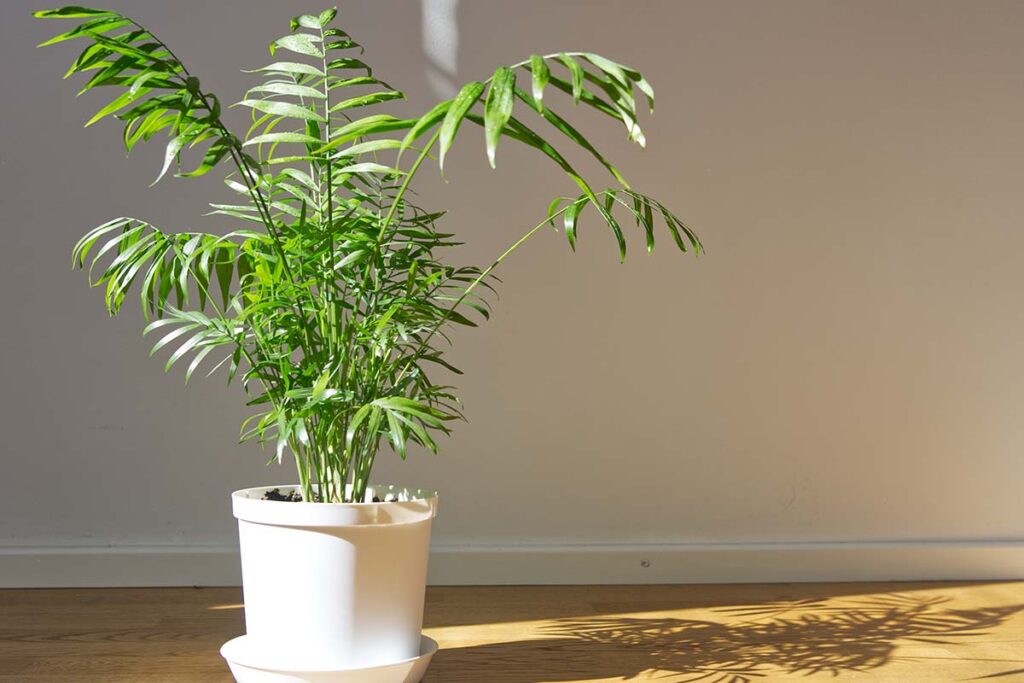
Summary to plant cat palm
The Cat palm tree is an eye-catching houseplant that is easy to grow if they get sufficient care. A Cat Palm plant is a low-maintenance, attractive plant that may be used around dogs and children. Furthermore, most palm trees can also clean the air of harmful pollutants.
The lush tropical cat palm thrives in full sun. If you have a sunny room or window, place it there. Rotate your palm a quarter turn once a week so that all sides are exposed to sunlight. But too much of anything isn’t good!

